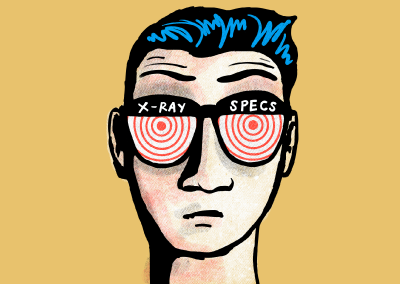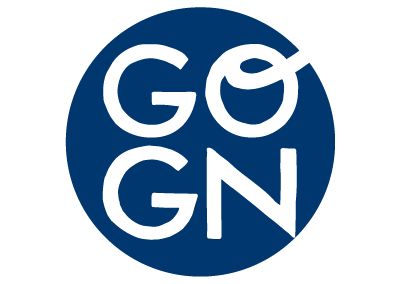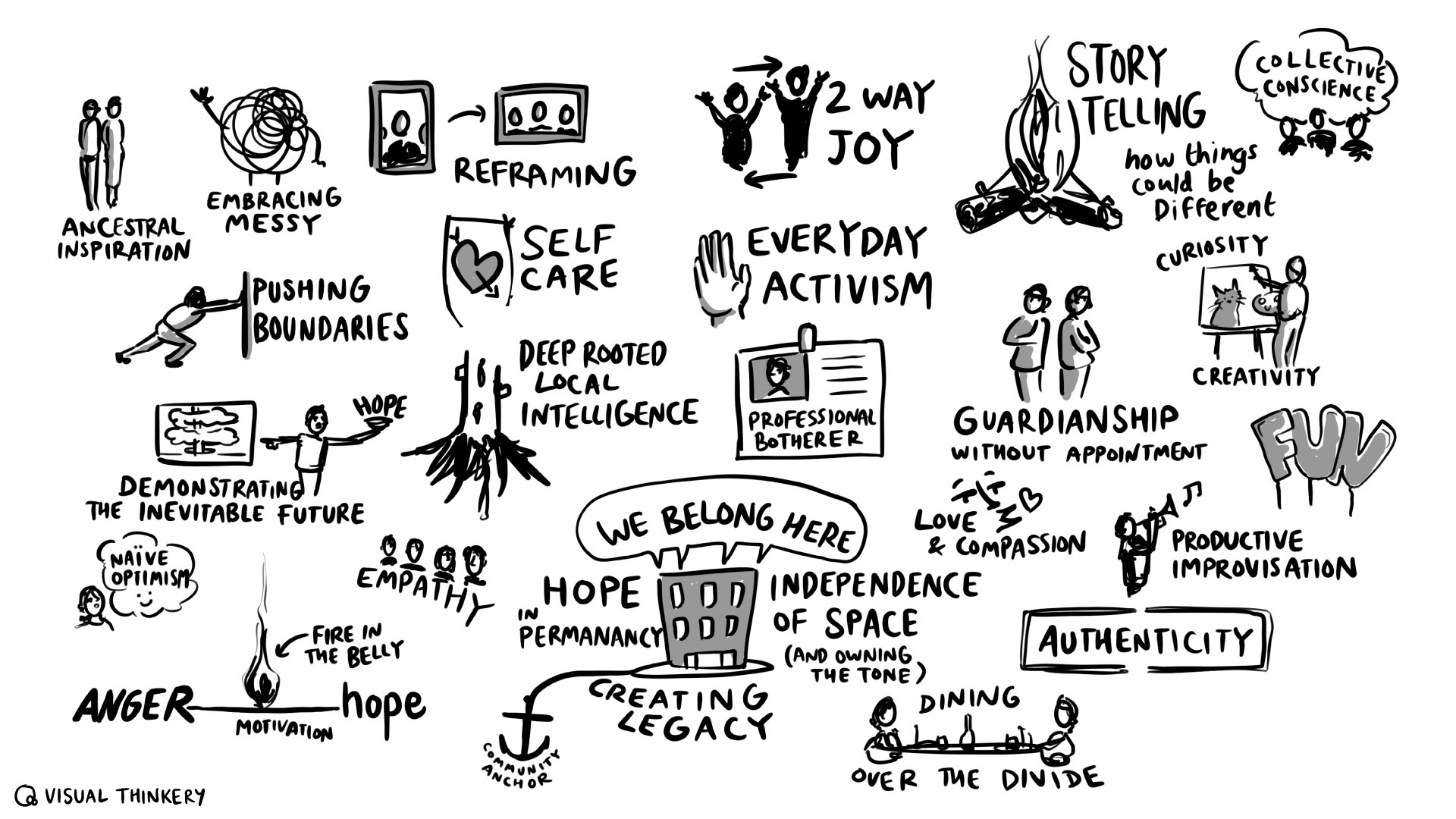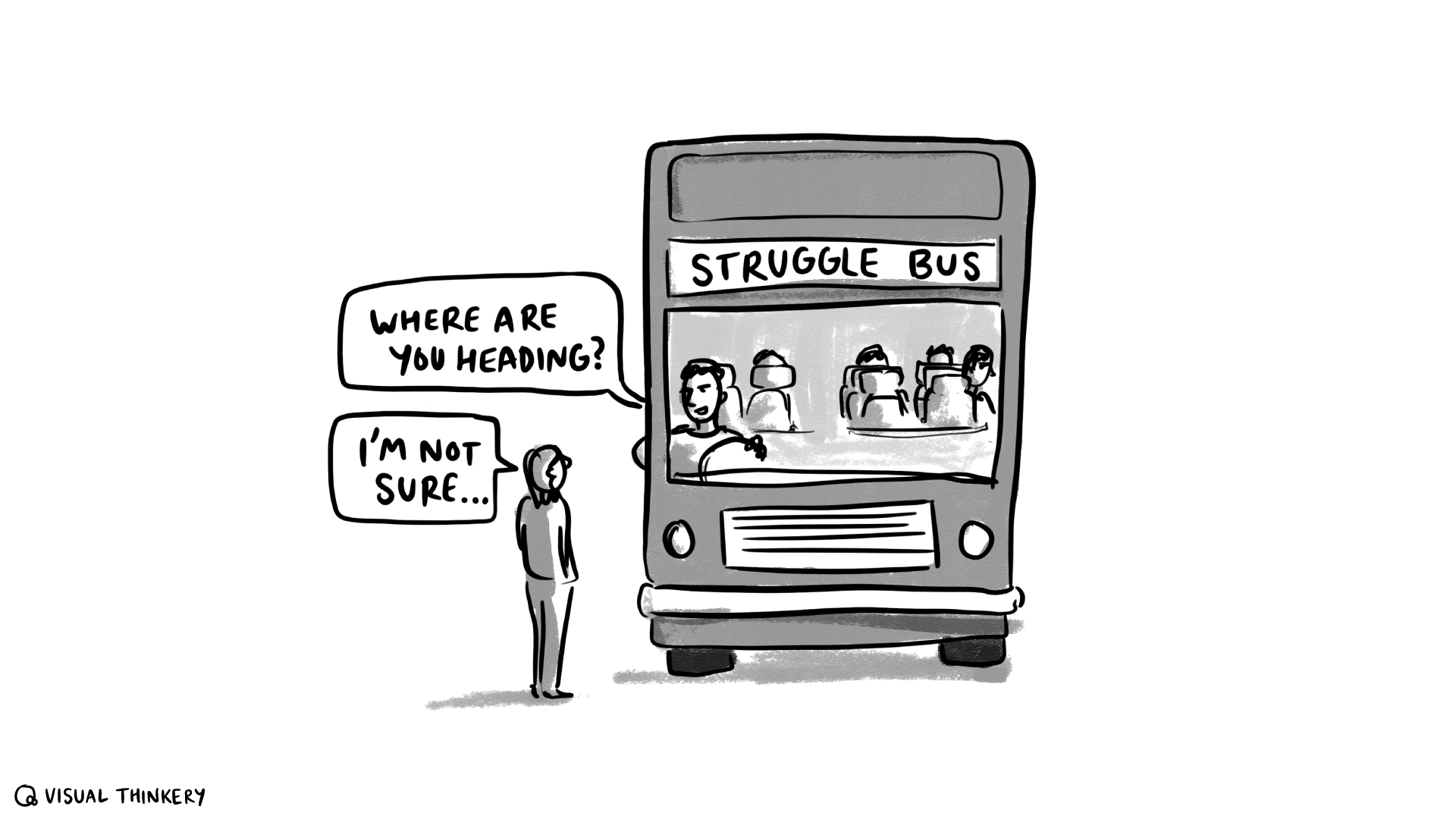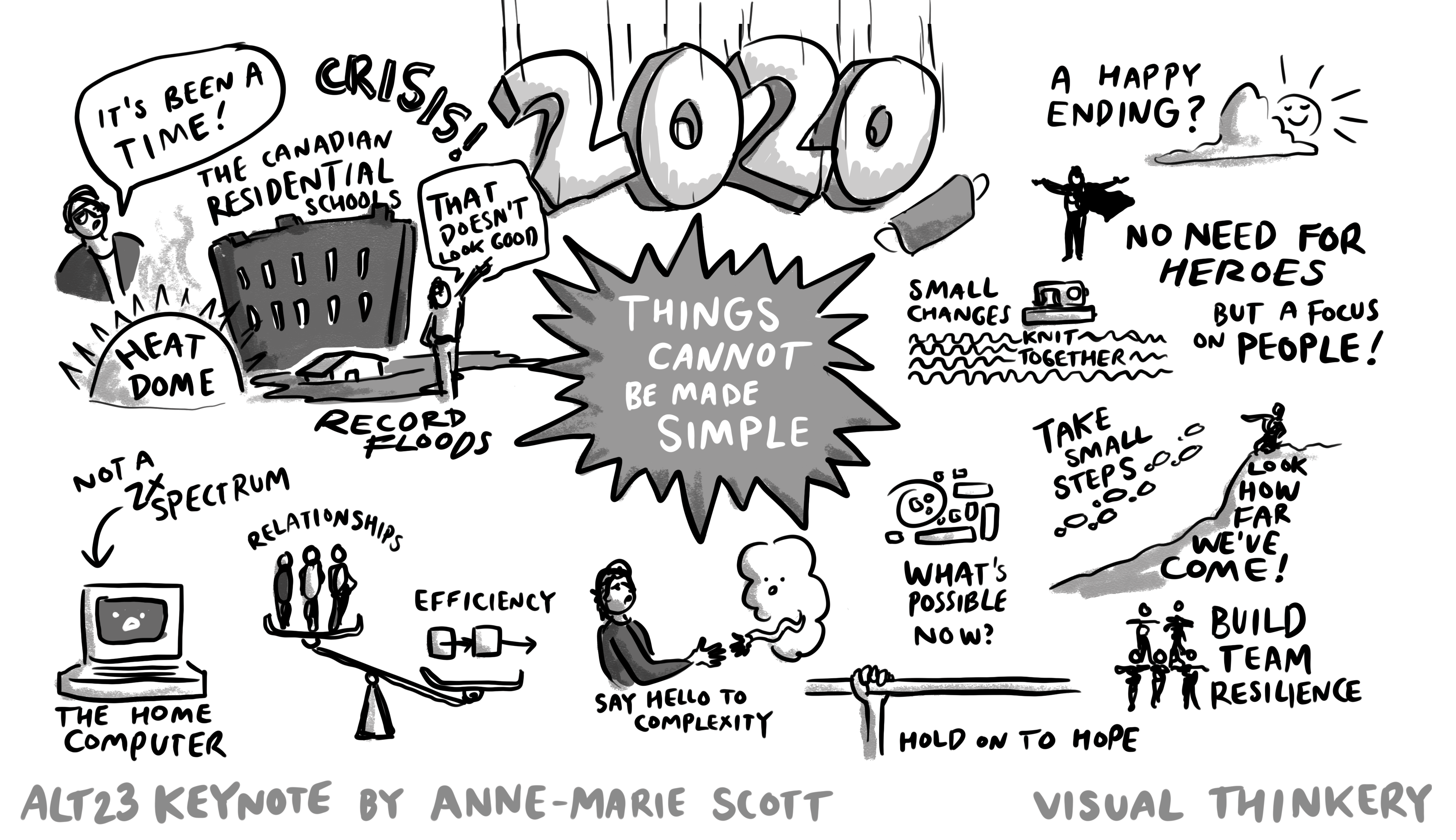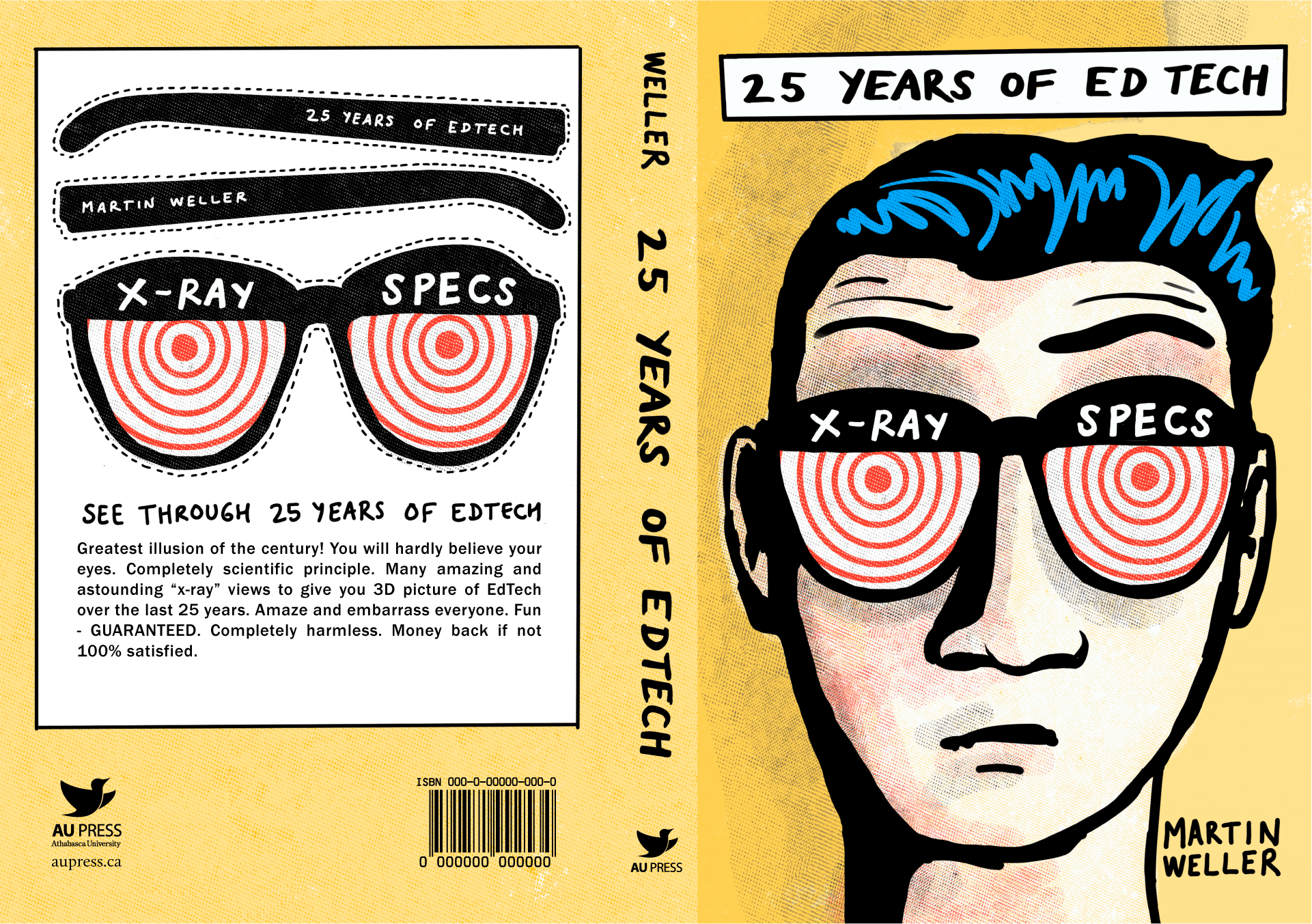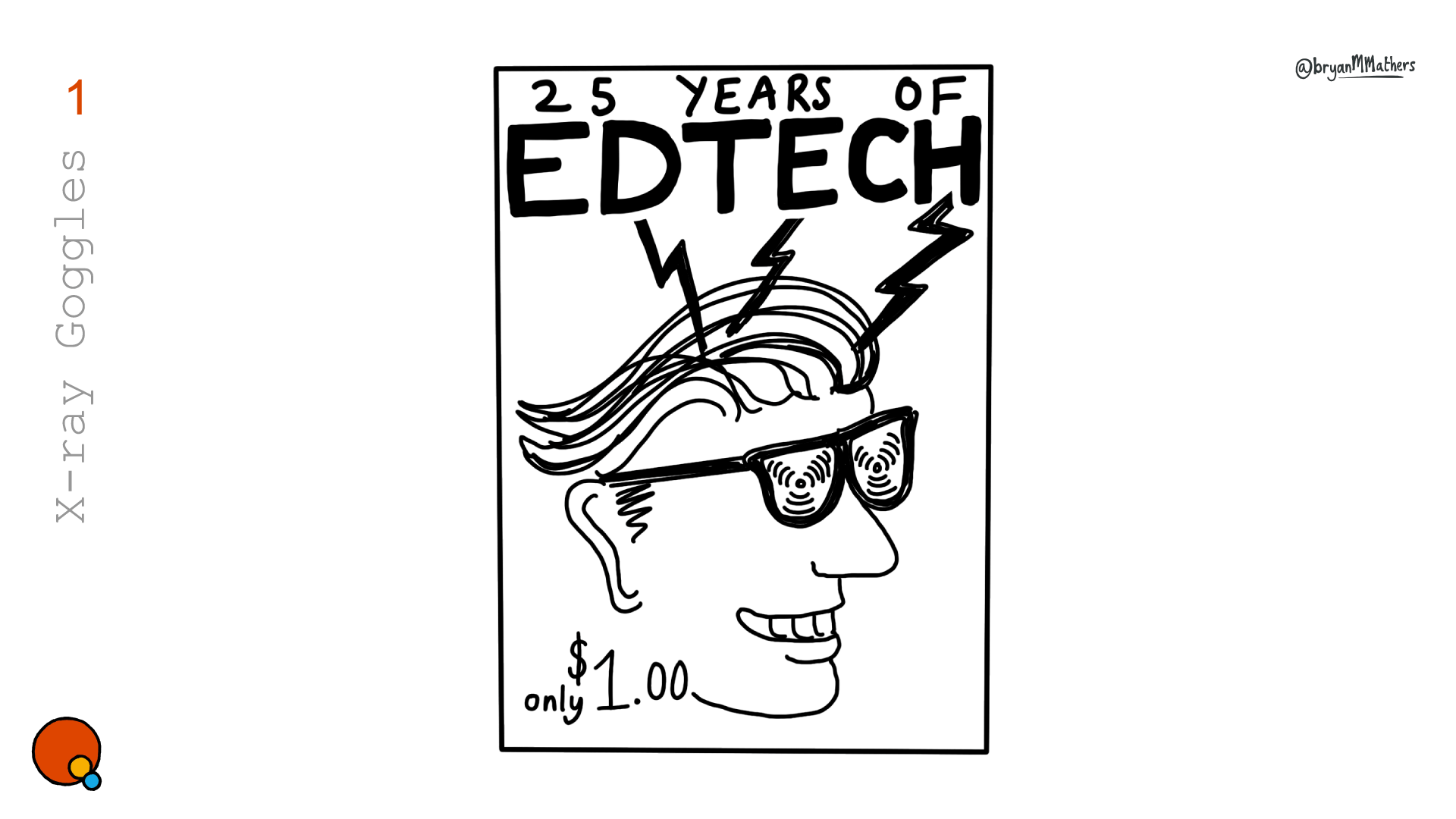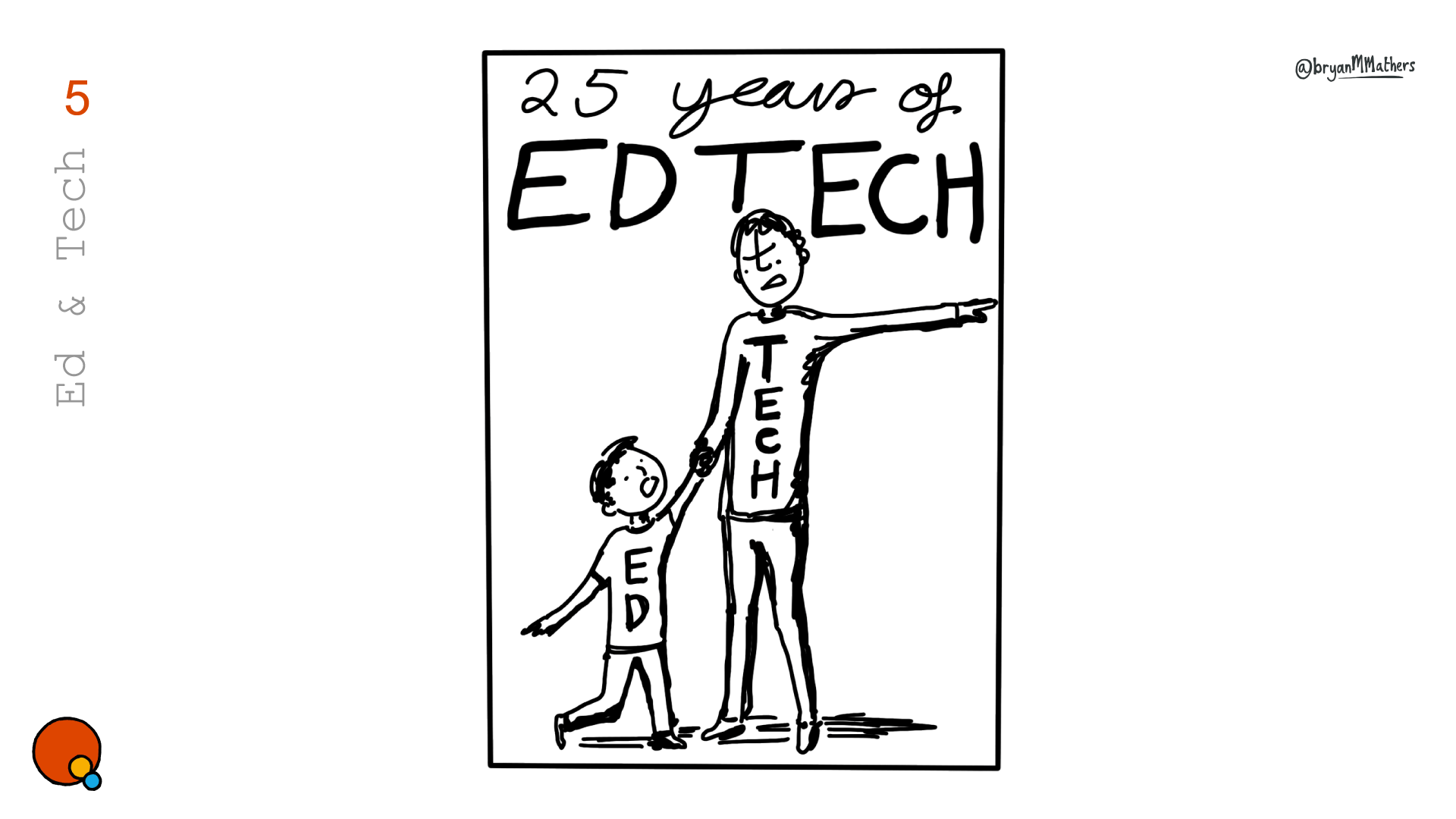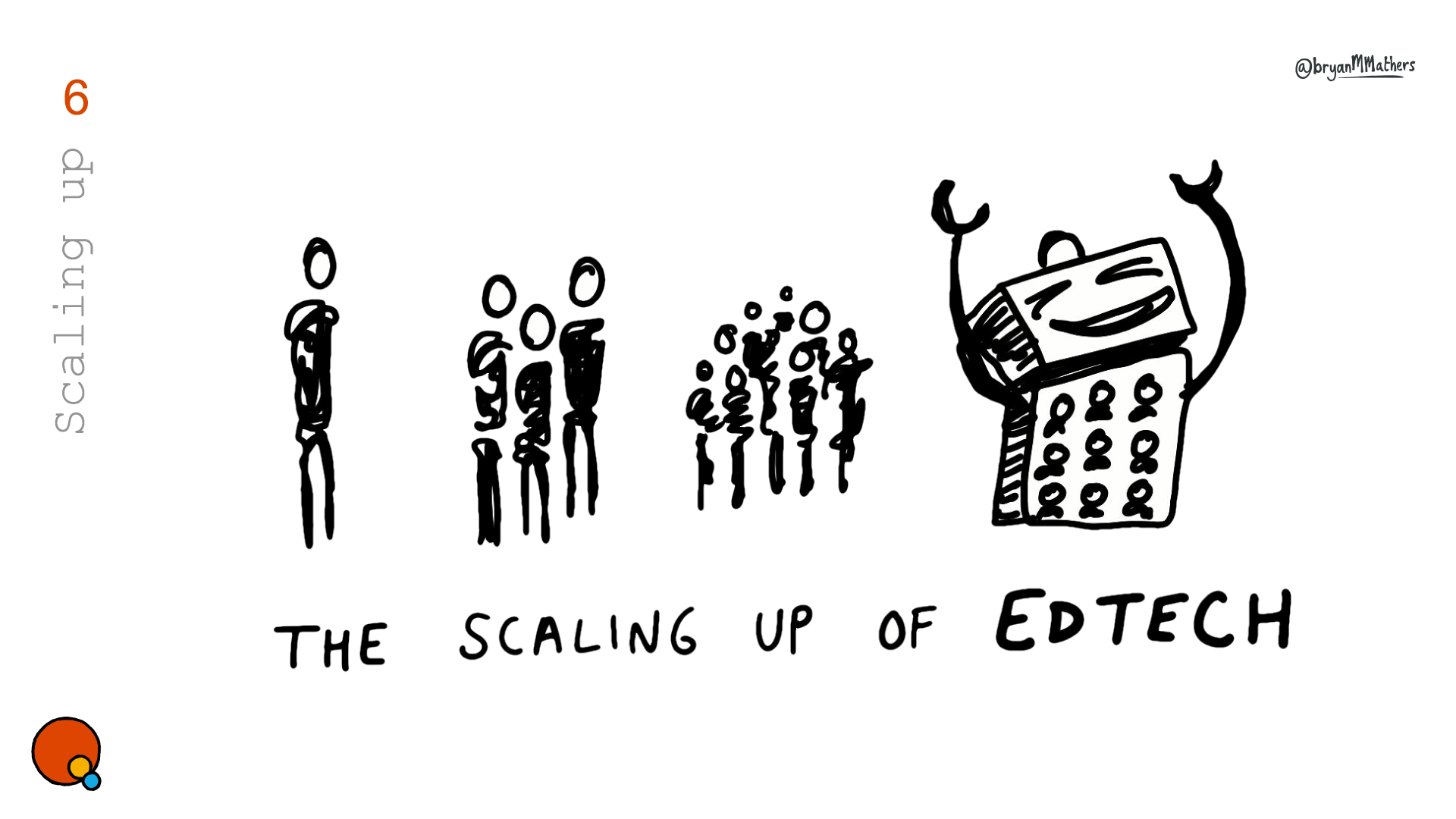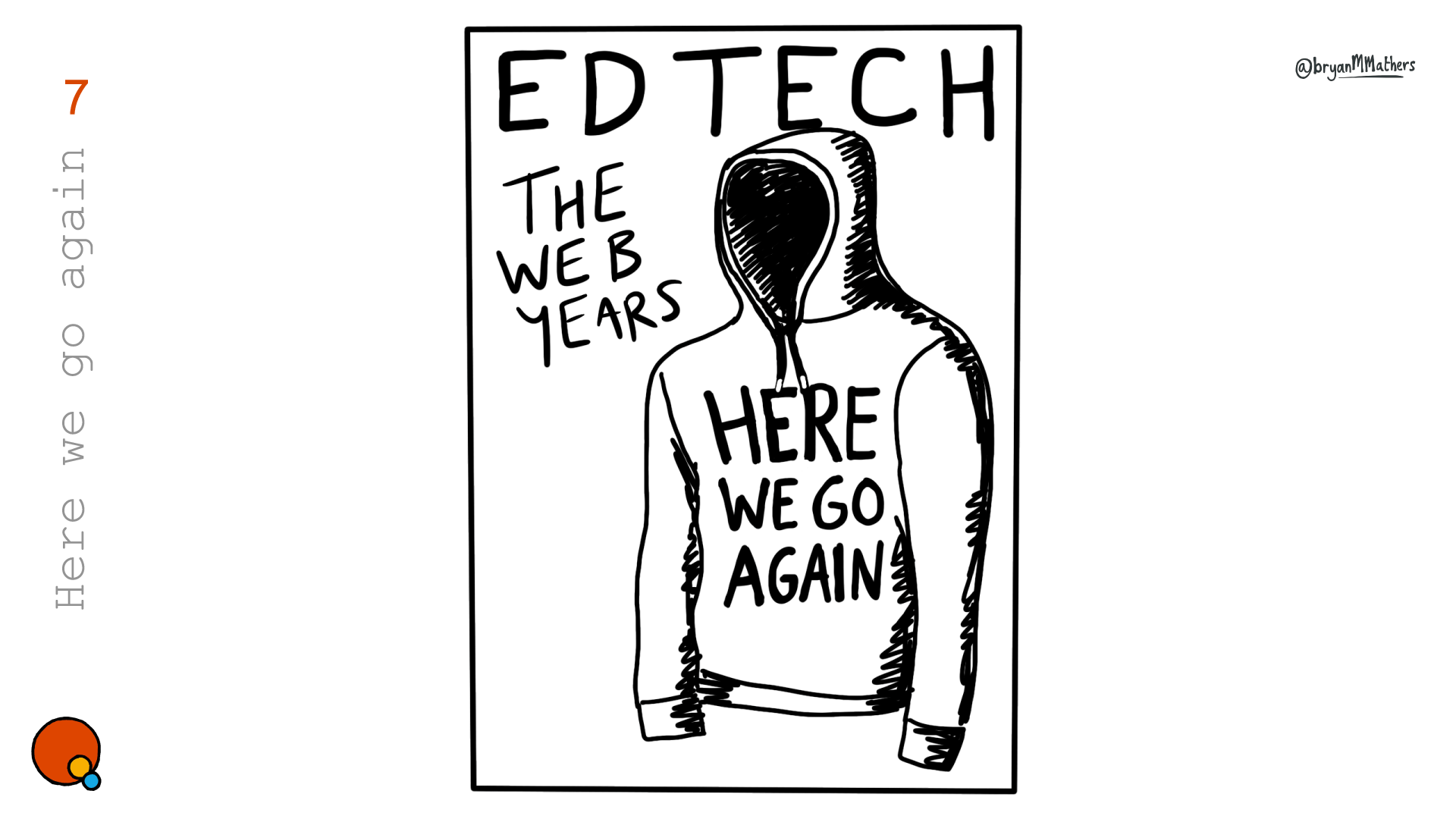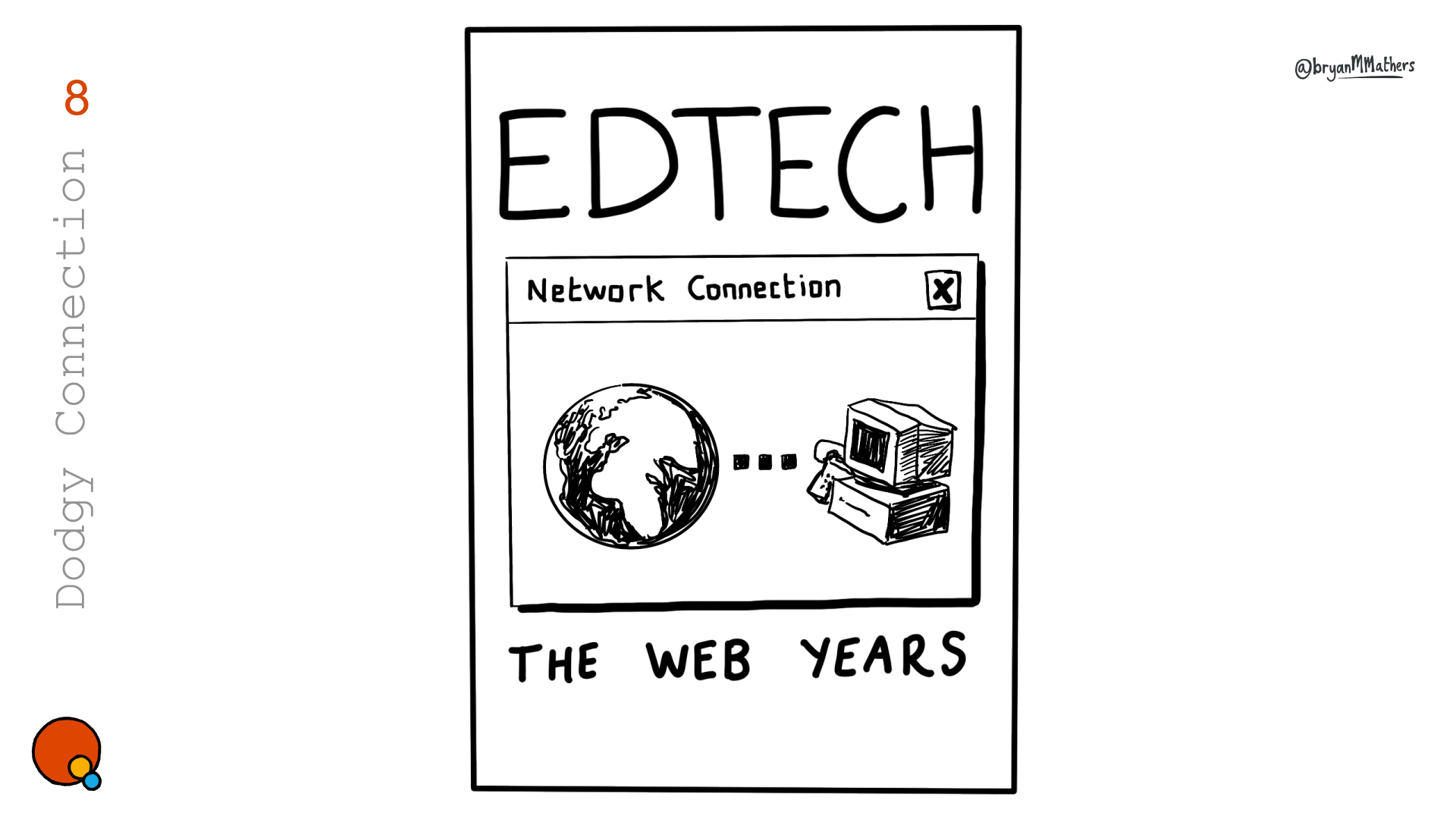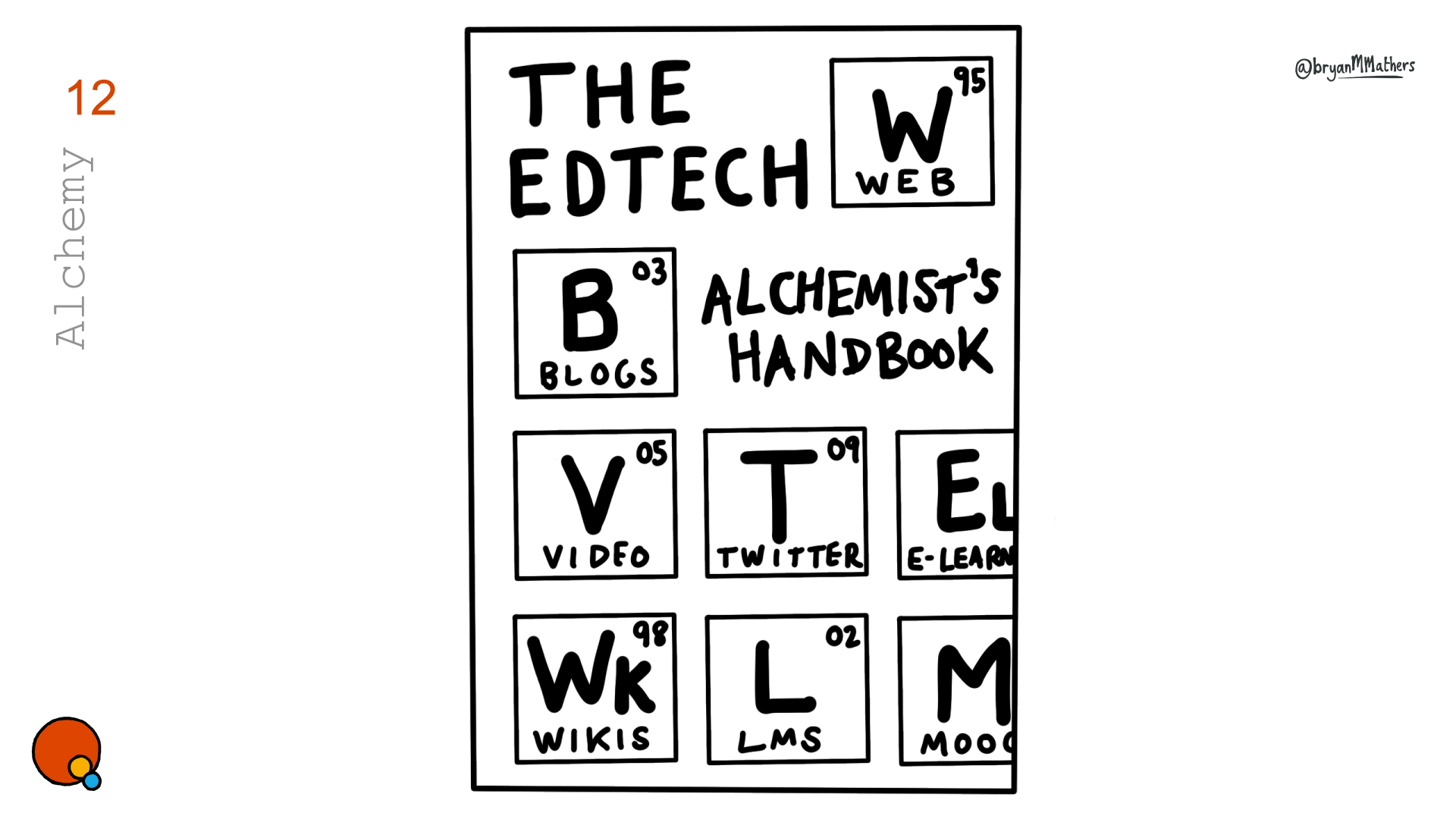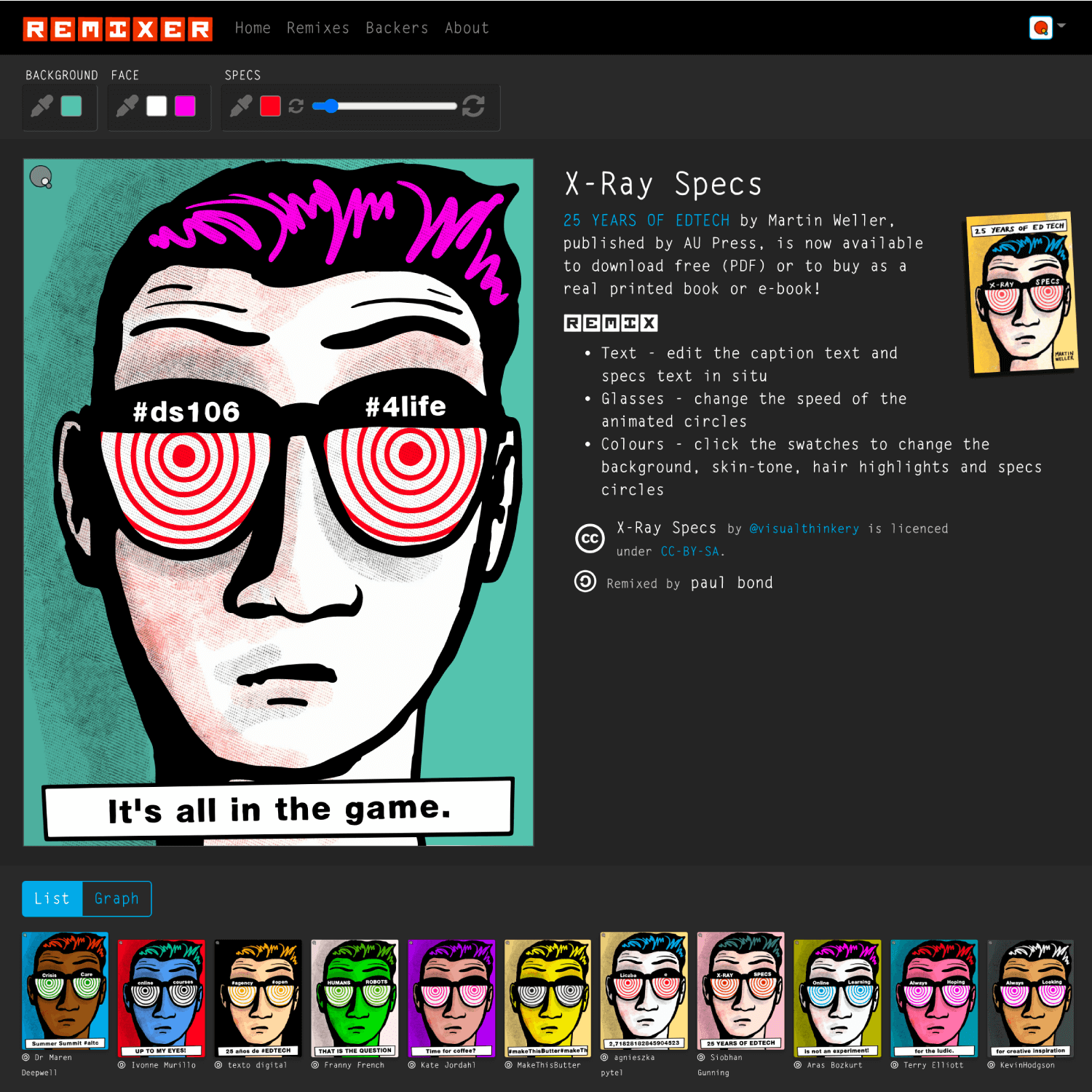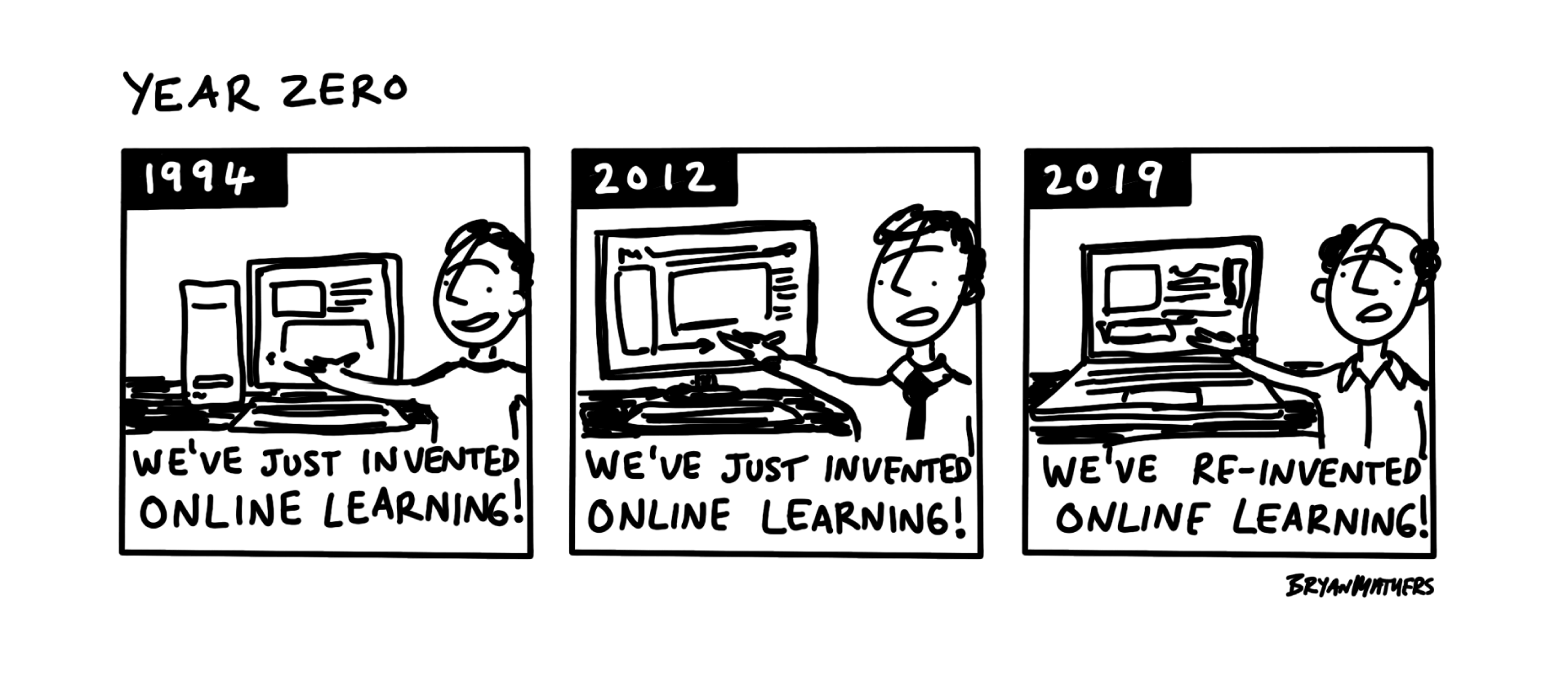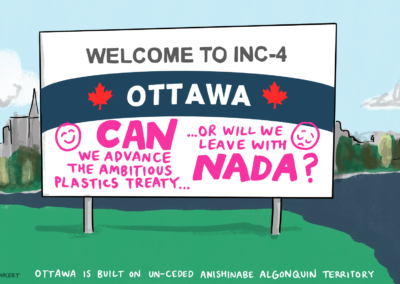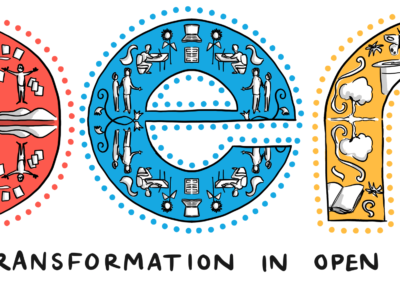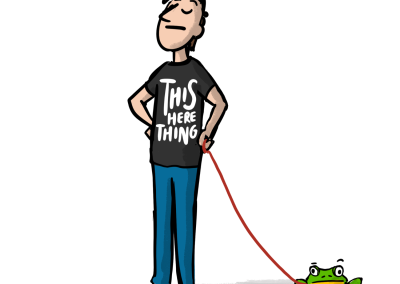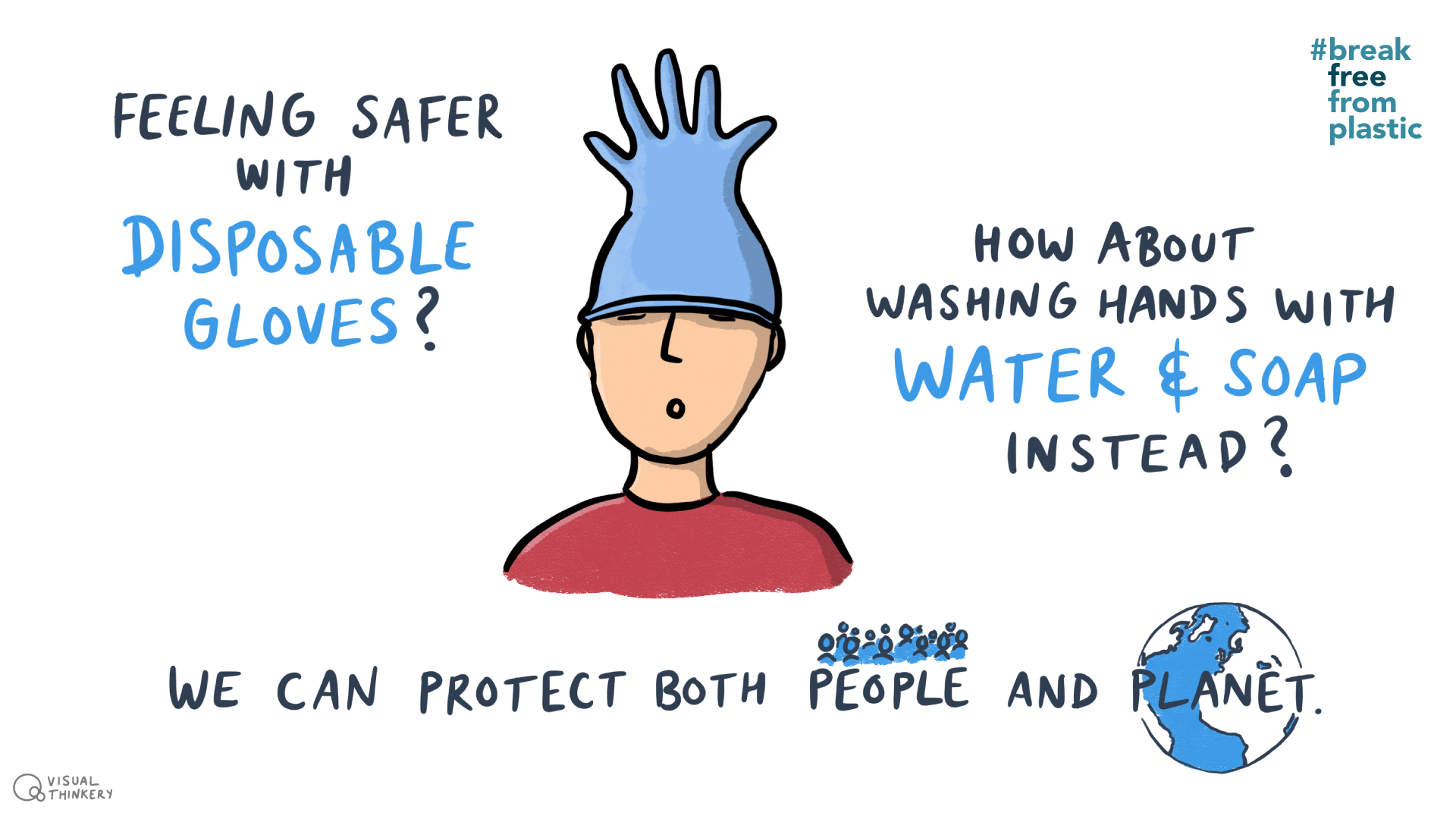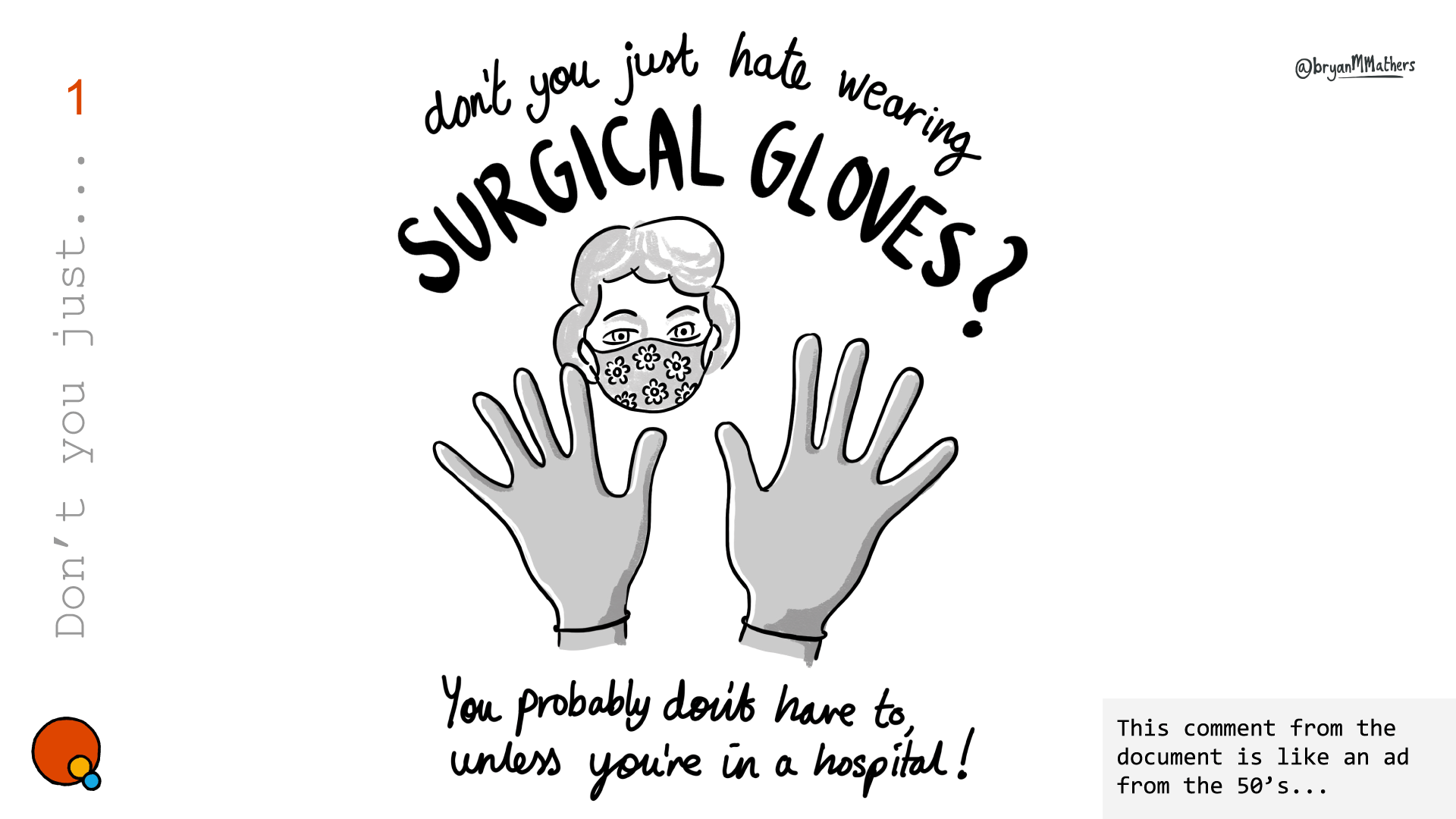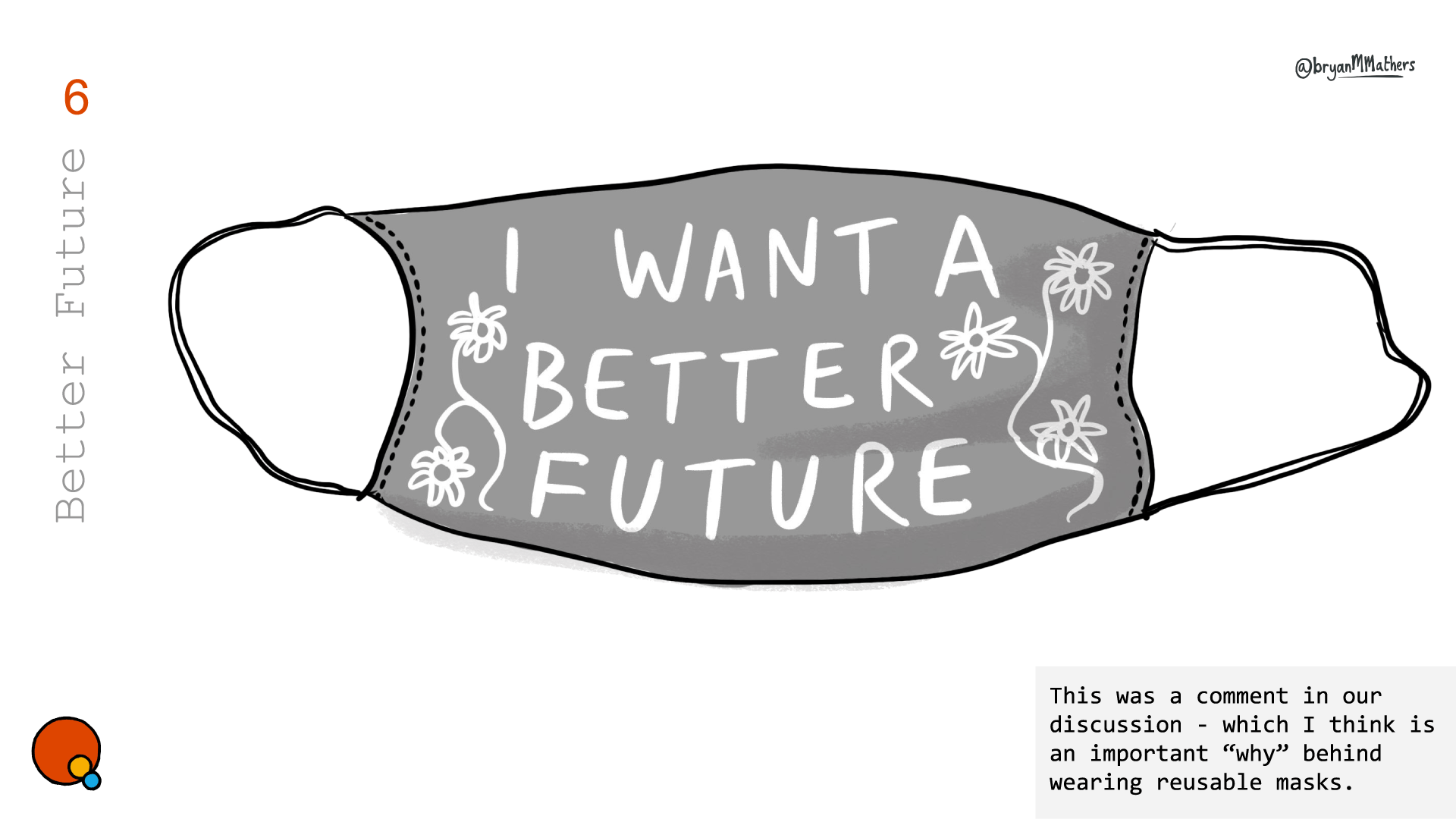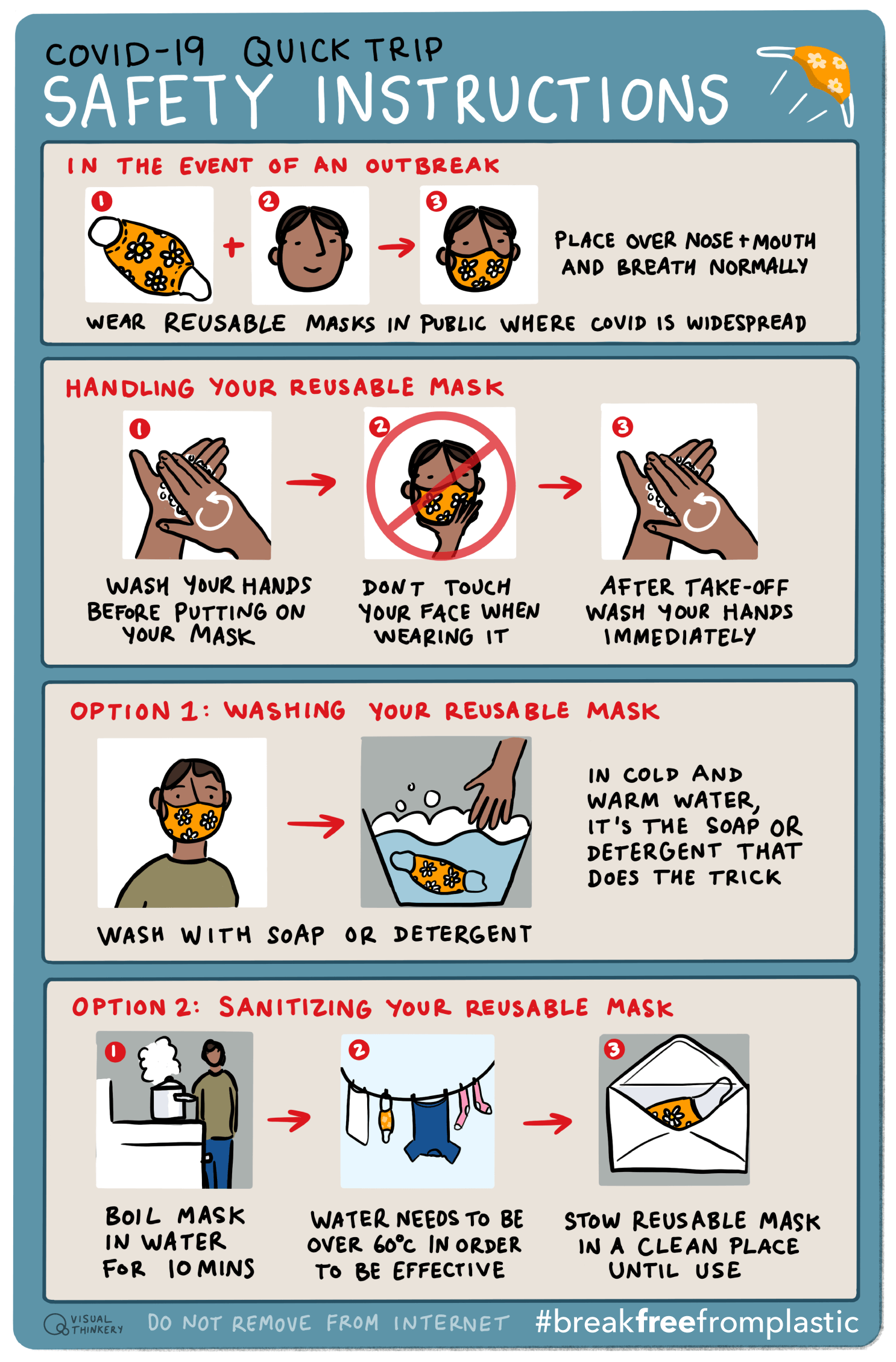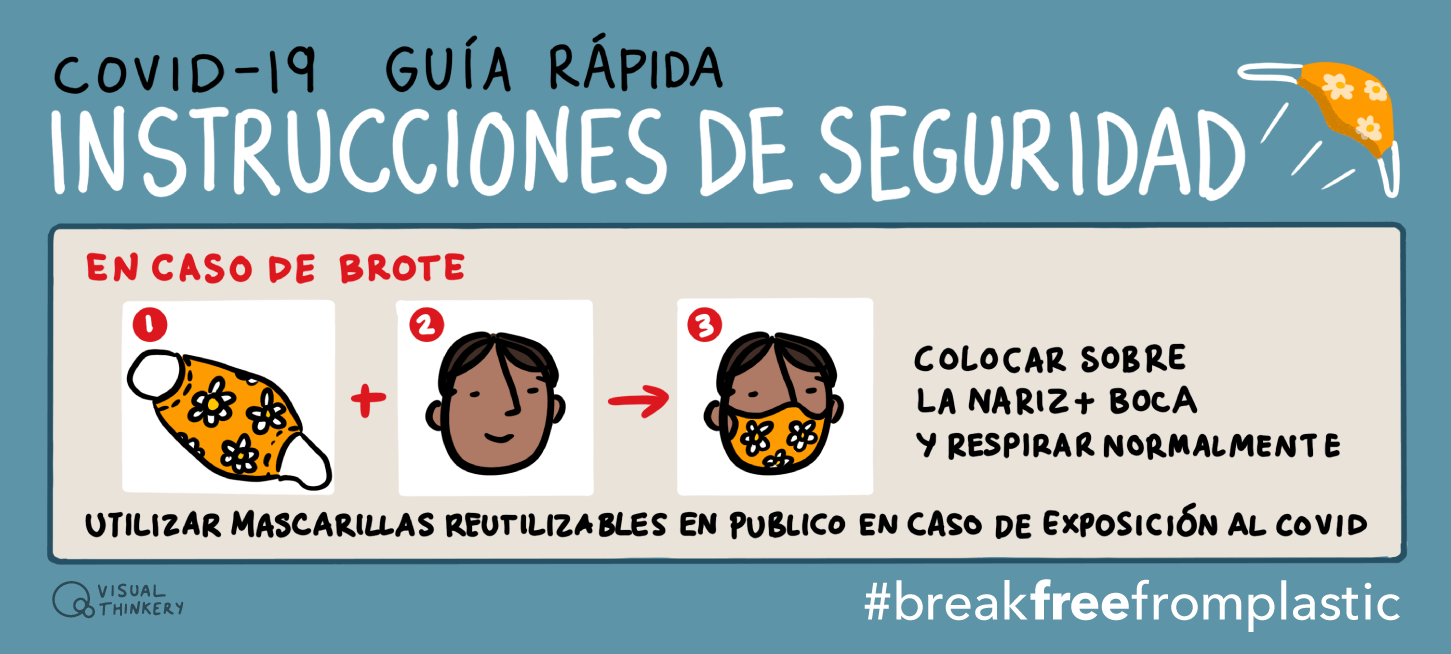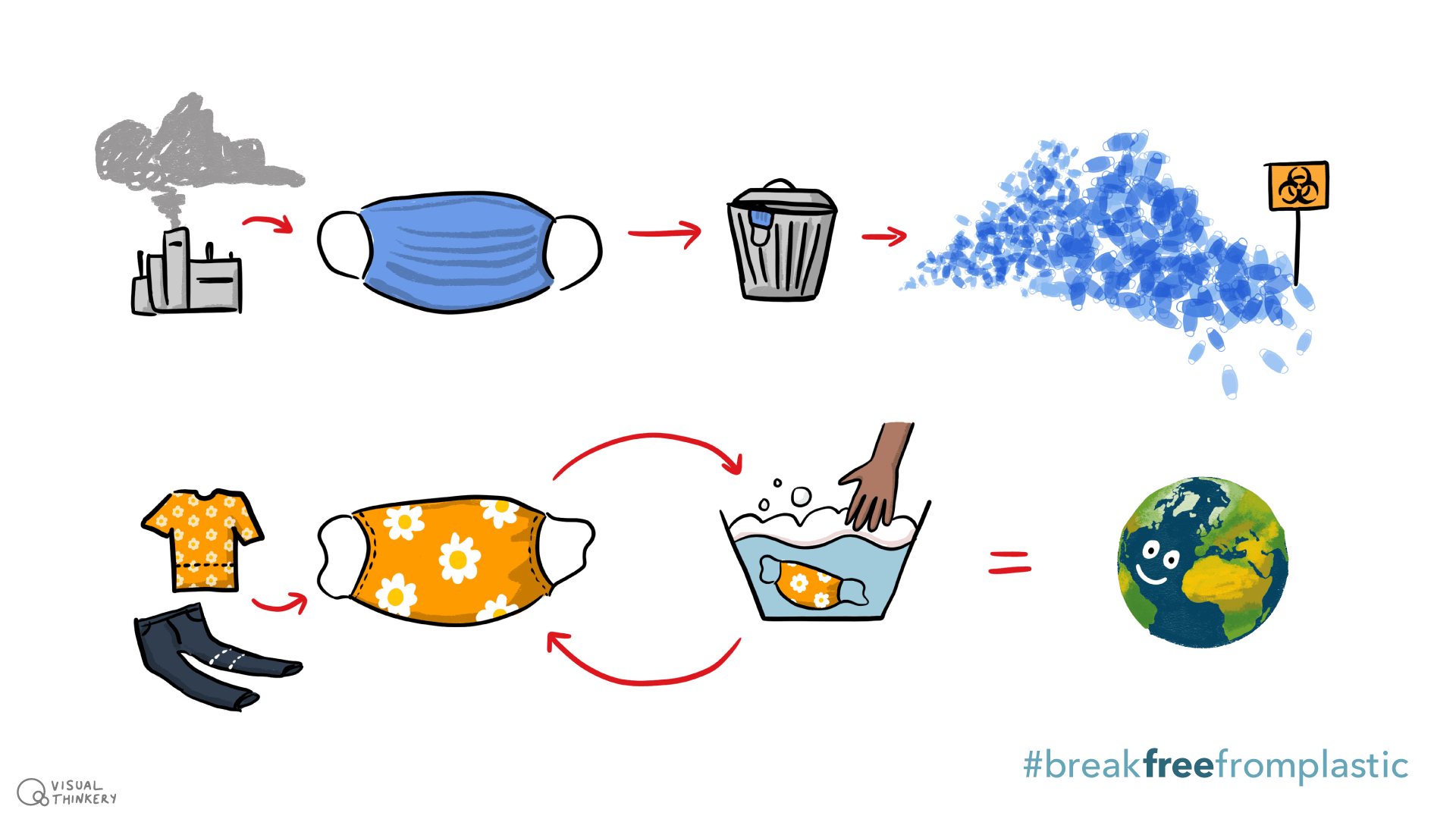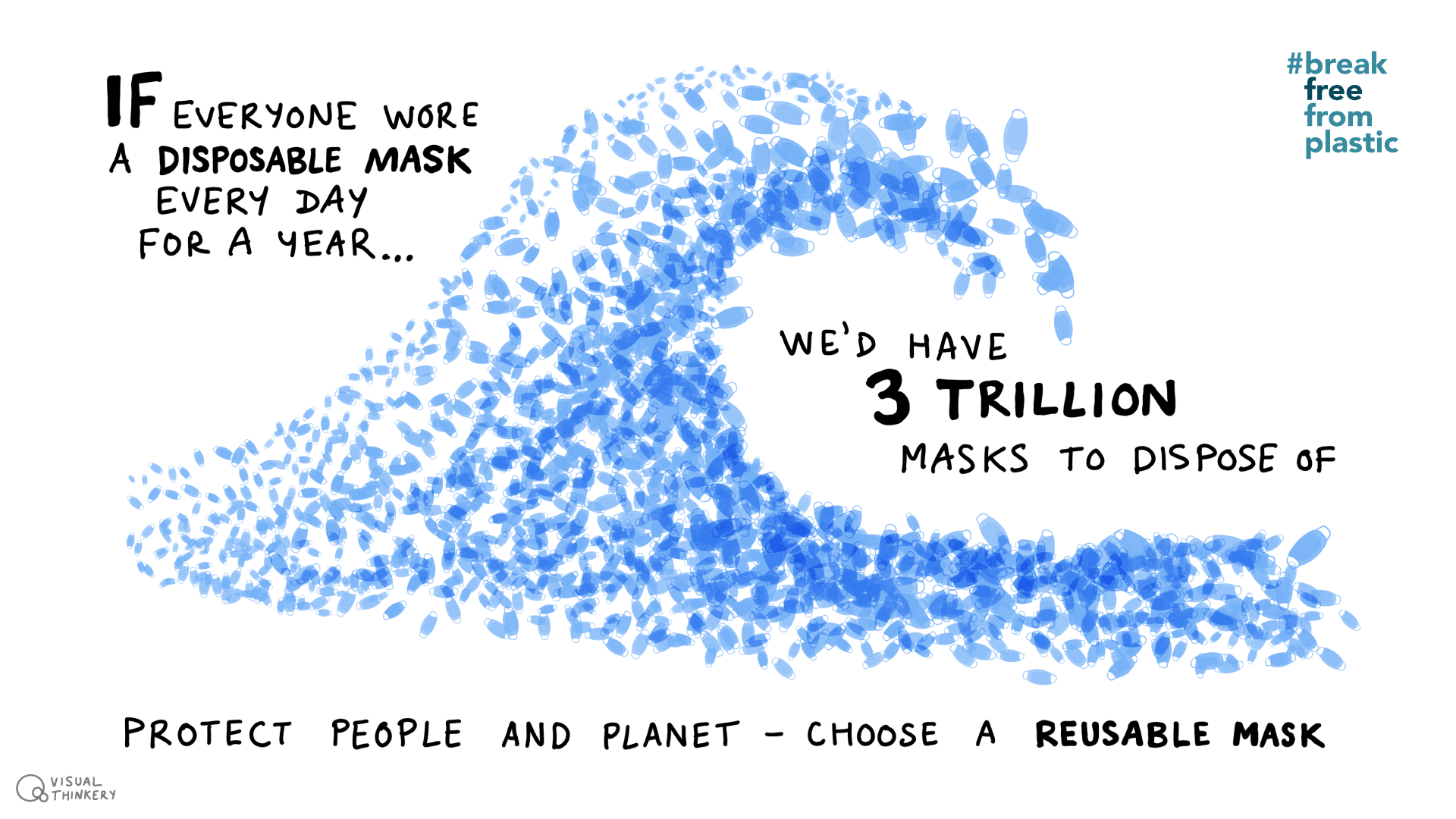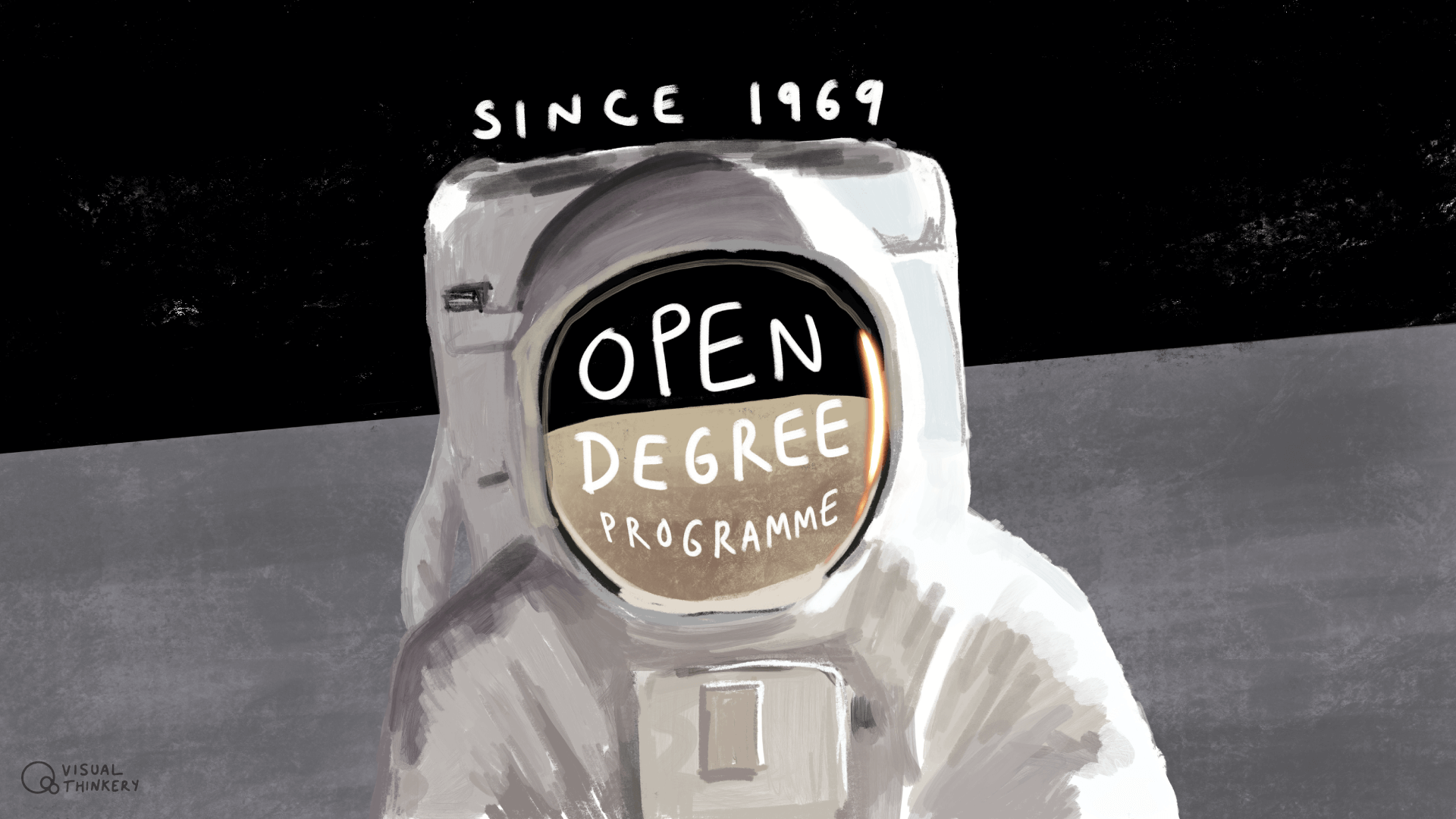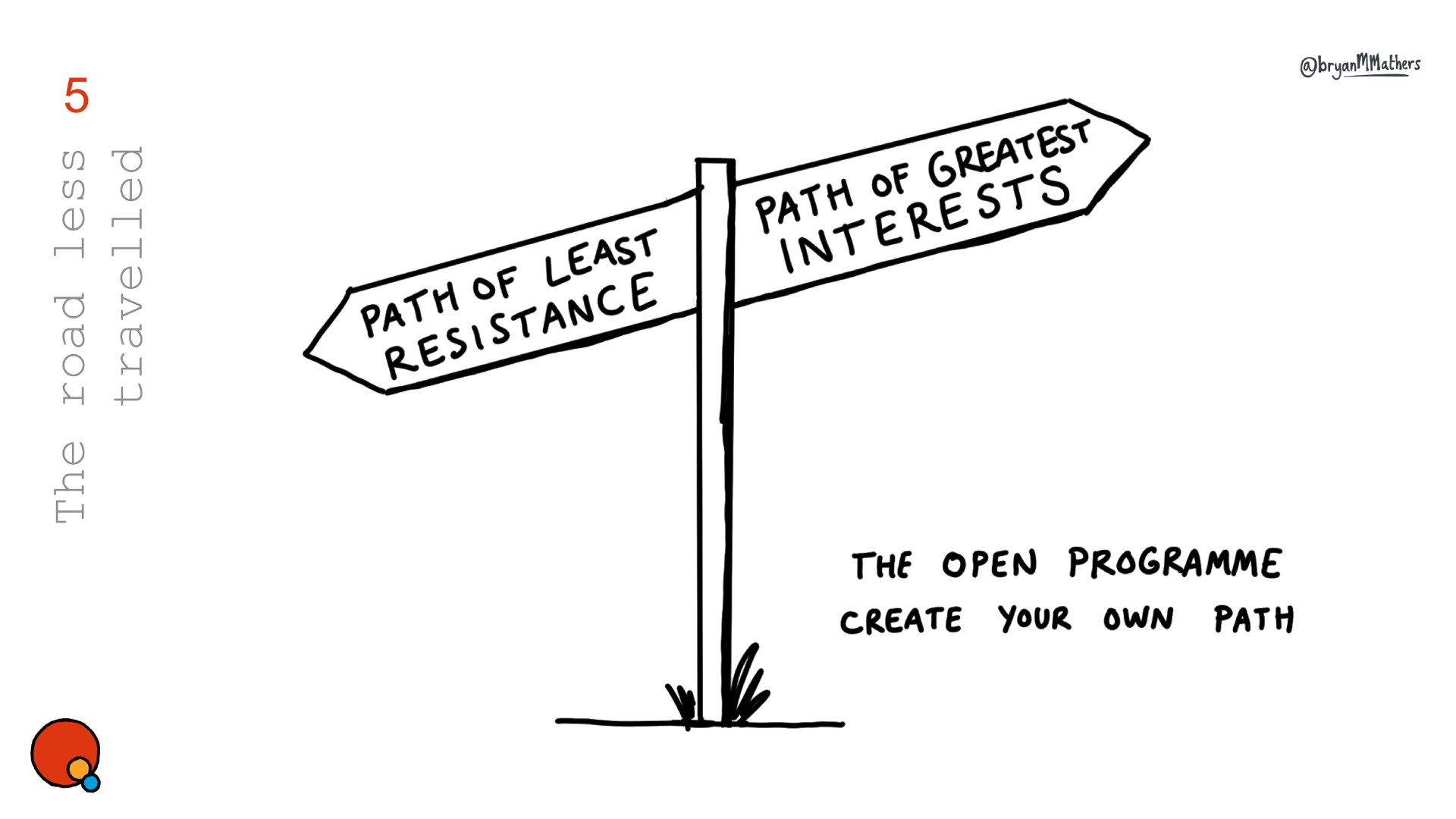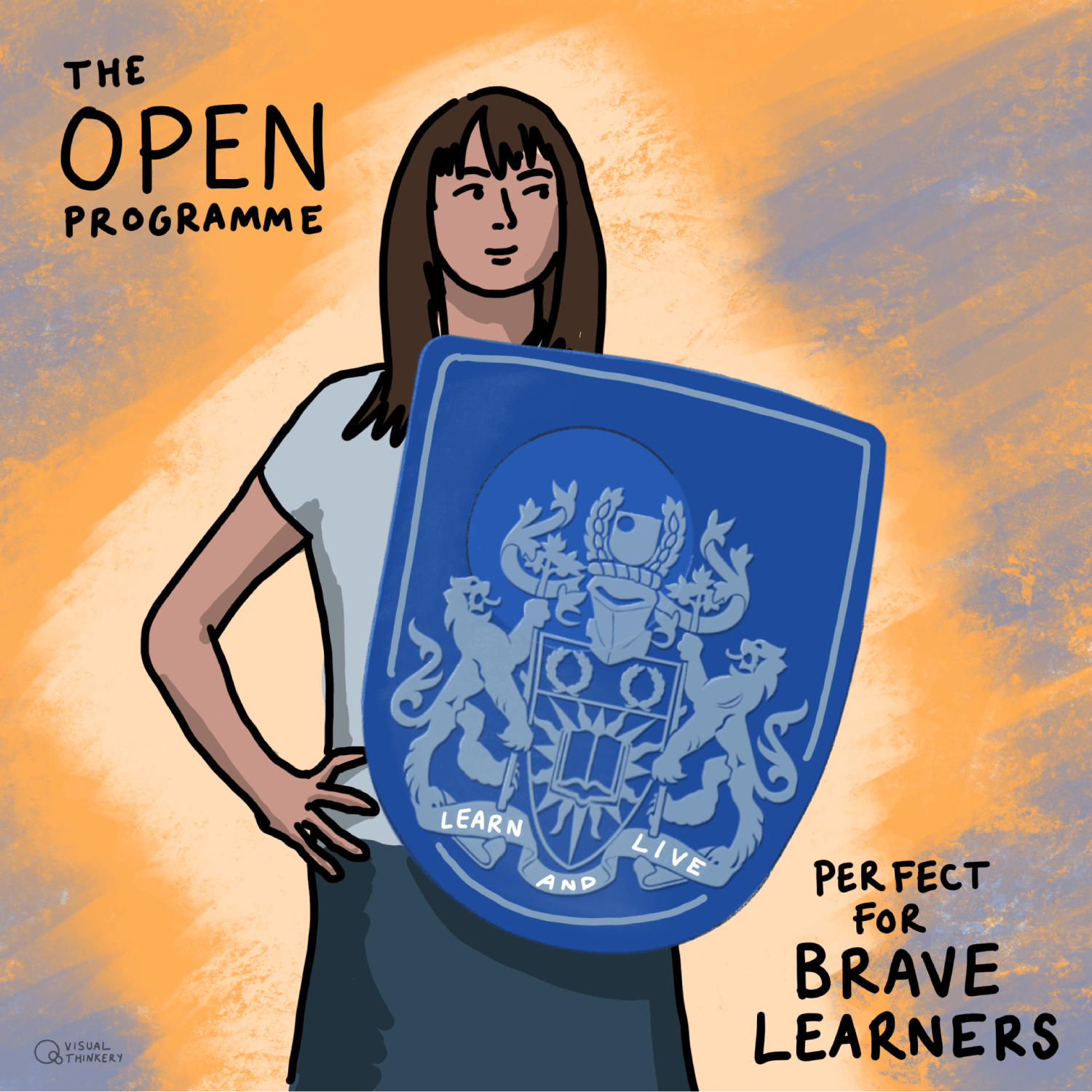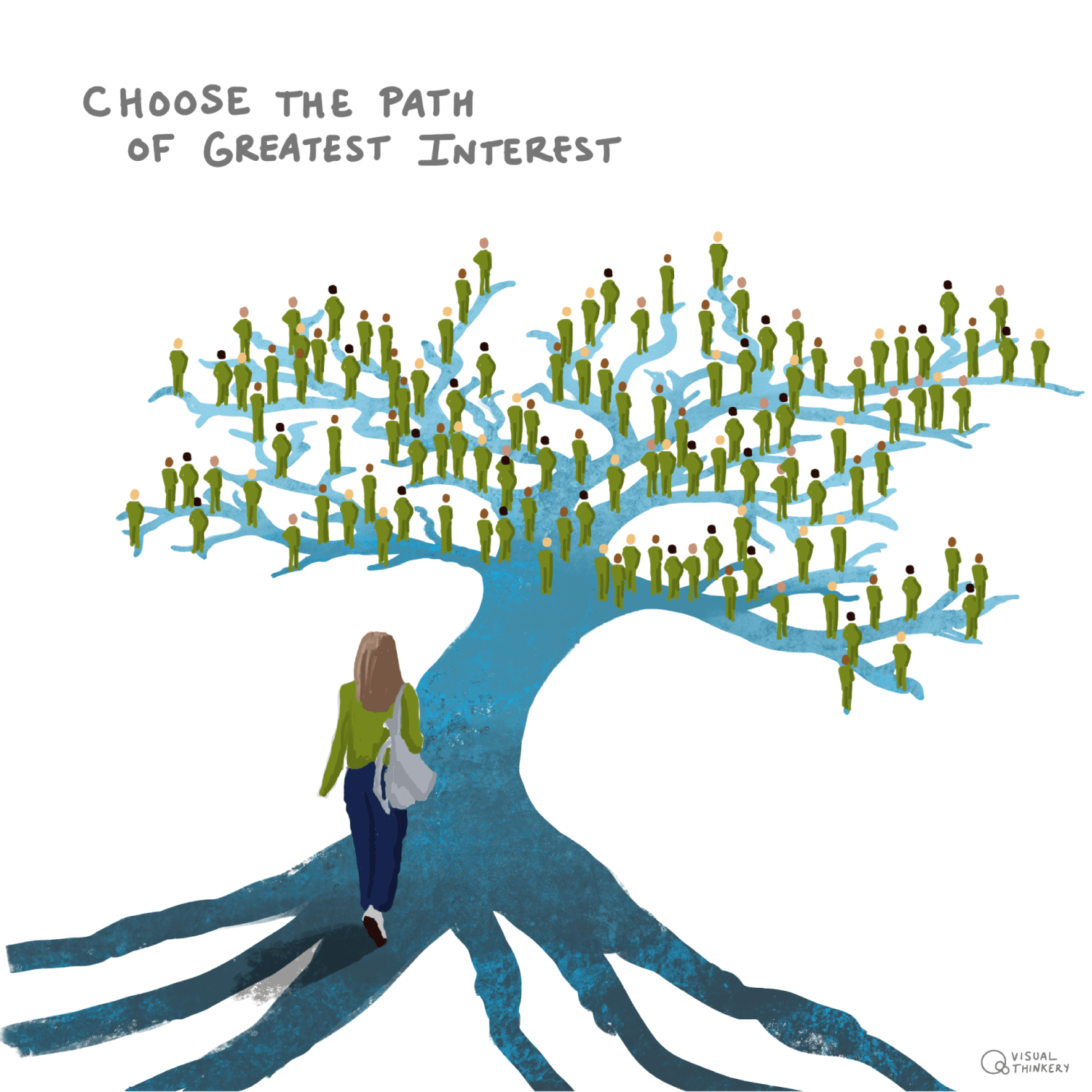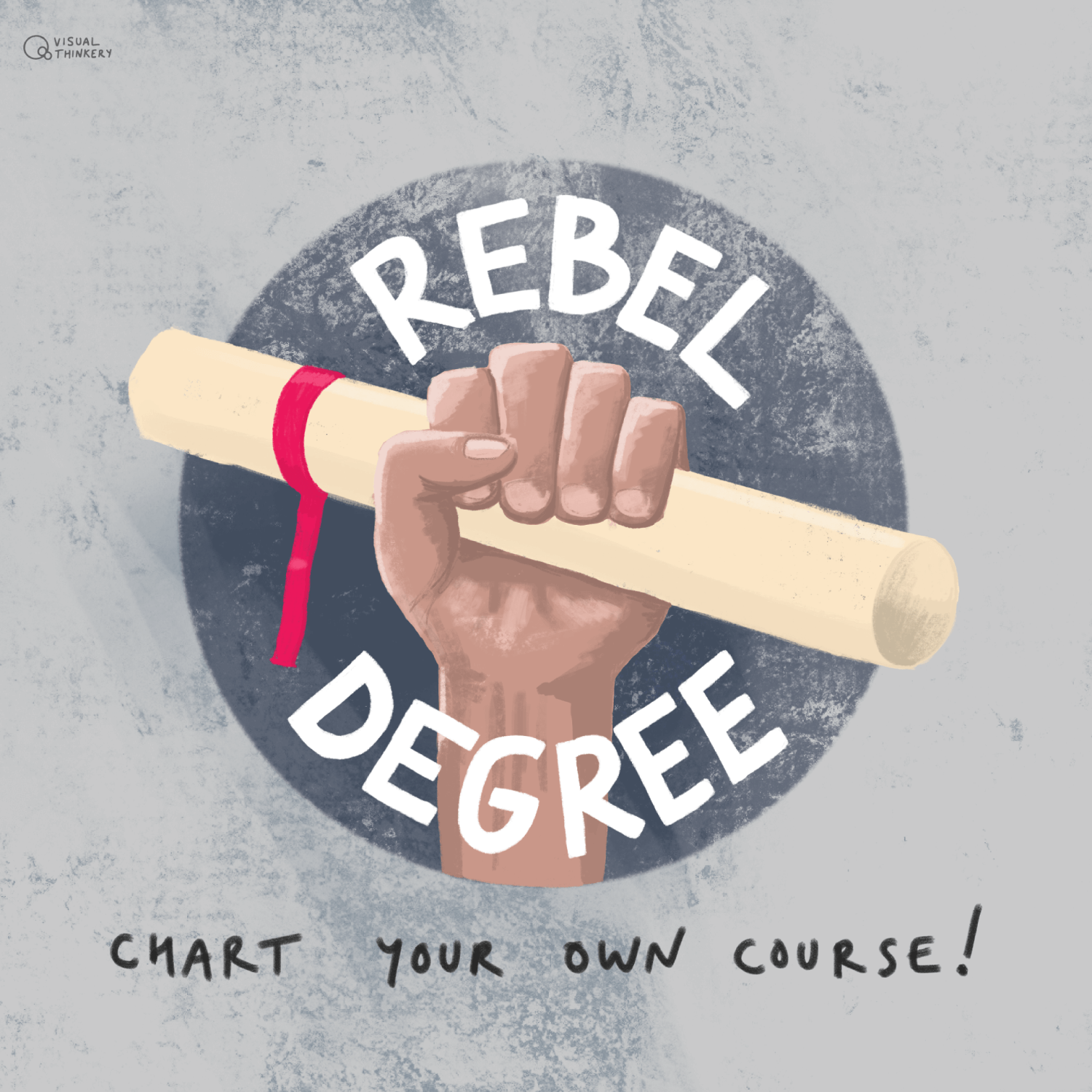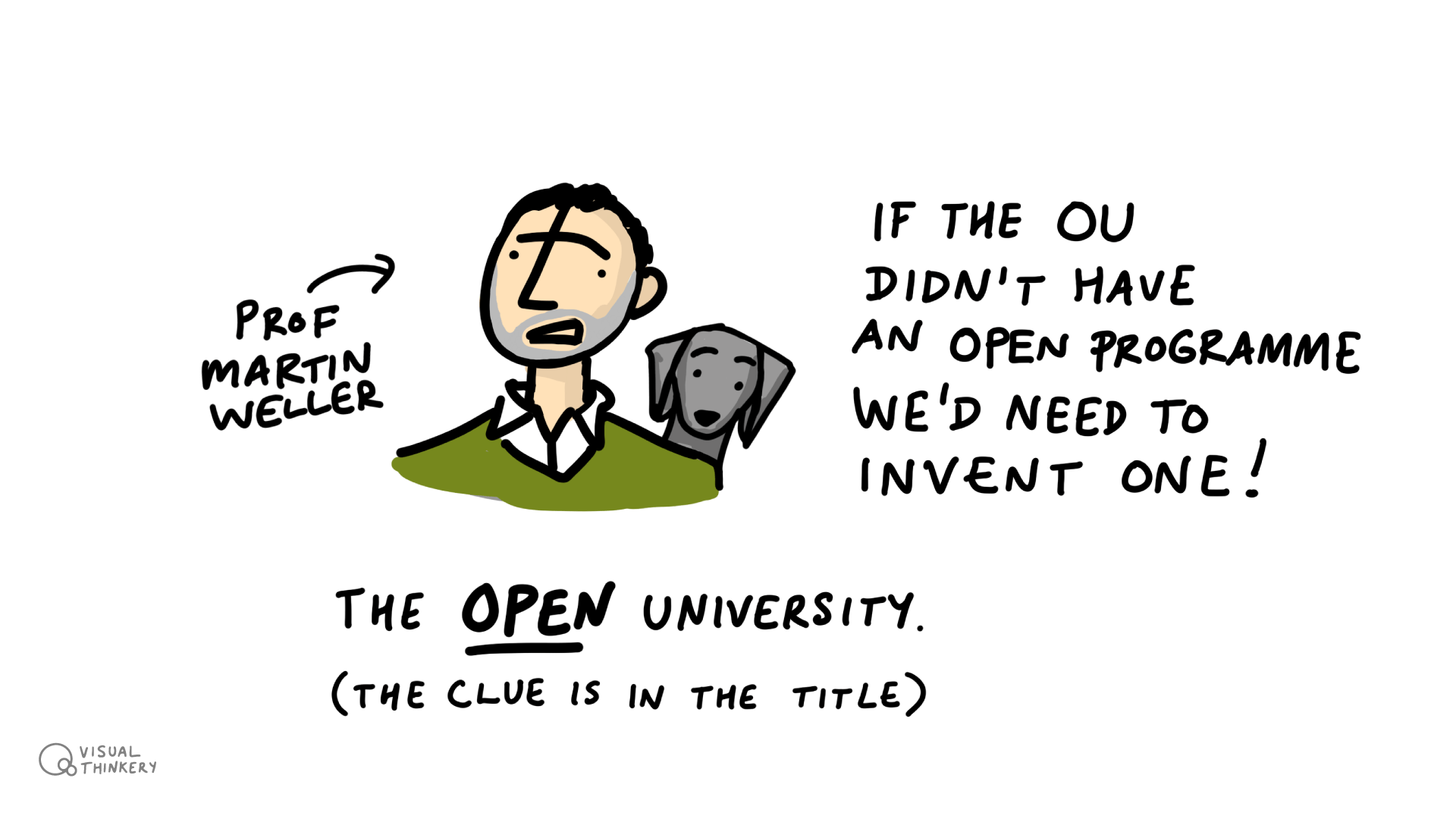That would look great on a T-shirt
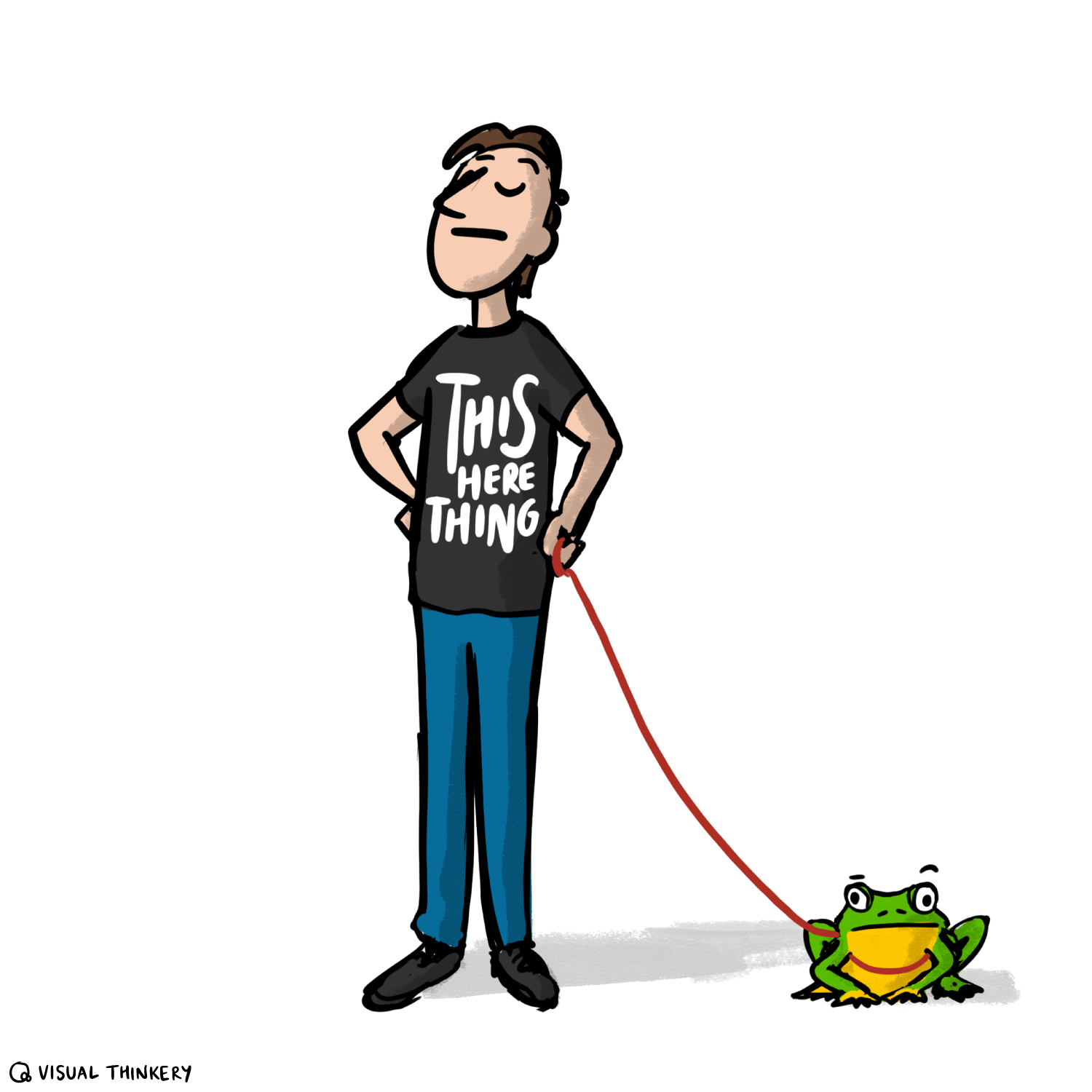
That would look great on a T-shirt
A long time ago, when all of this was still green fields, I shared a flat at university with a guy that made his own t-shirts. He got them printed at a wee print shop tucked away near Kelvingrove station in Glasgow’s west end. He was particularly taken with the design on the Tetra Pak milk cartons produced by Robert Wiseman dairies. Don’t ask me why. University affords us the opportunity to reinvent ourselves, and he went for milk cartons on t-shirts. On reflection, he was quite possibly ahead of his time.
When I sift back through a conversation I’ve recorded with a client, looking for visual ideas, I often find myself playing with a logo, or a hand-drawn unofficial logo, and wondering what it might look like on a T-shirt or as a sticker on a laptop.
There’s something pretty powerful about someone wanting to wear a t-shirt or to stick a sticker on their laptop. They’re saying I’m aligned to this – this is part of who I am.
Over the last year I’ve been working on a series of Zines – cartoons and stories about growing up in troubled Ulster. The third Zine in the series looks back to a disremembered time when Ulster Presbyterians cradled the fragile beginnings of Irish Republicanism back in the late 1790s. It started as a secretive group called the Muddlers Club. It evolved into the Society of the United Irishmen. It ended in a failed bloody uprising that would change Ulster forever.
But of course I never knew about any of it until recently, as to some it has proved an inconvenient history incompatible with the tribal polarisation that dominated Ulster in my youth.
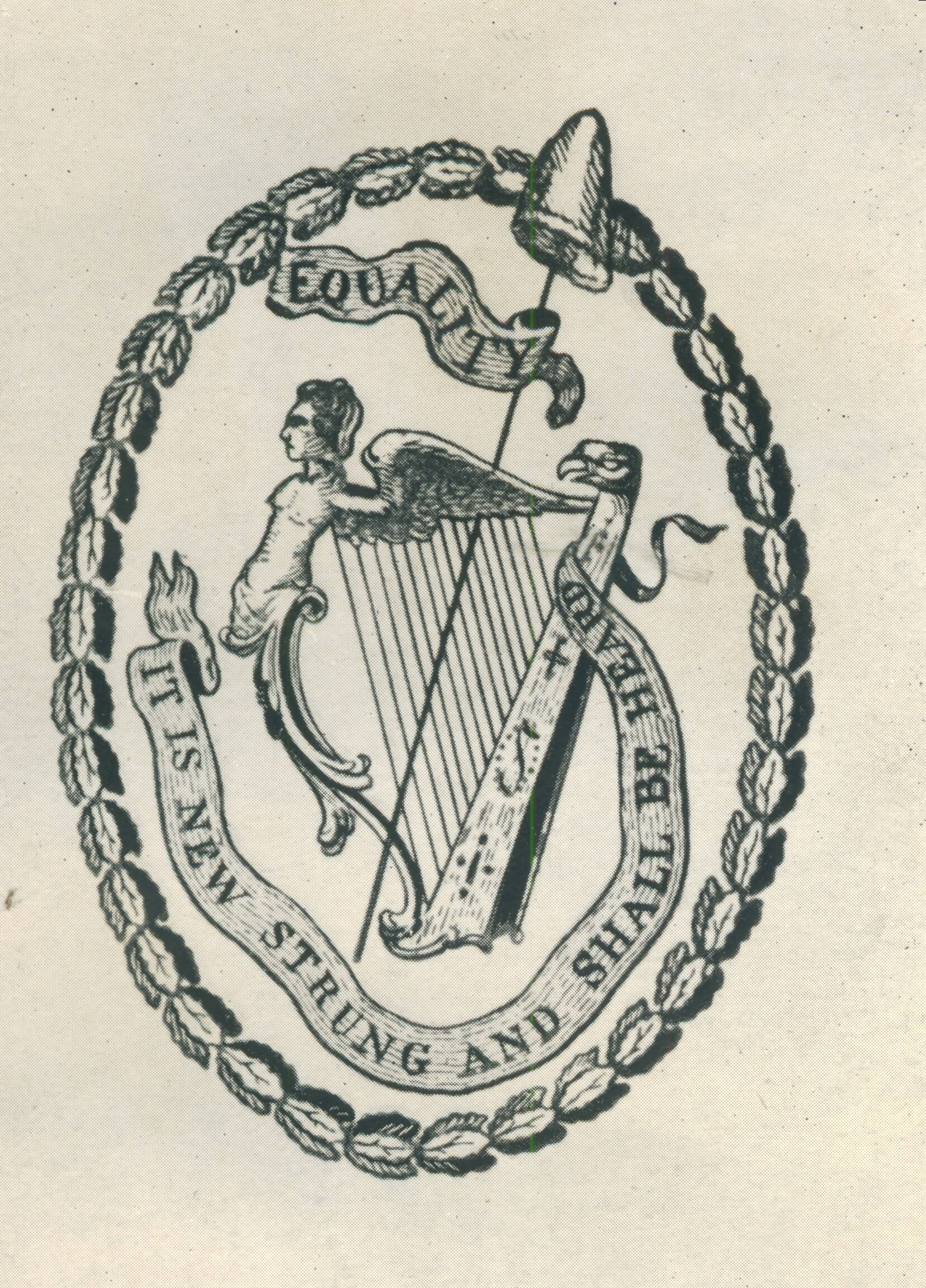
It is new strung and shall be heard…
When I stumbled across the United Irishmen movement’s logo, I was immediately fascinated with it. It sparked a curious idea to create my own version of the Muddlers Club logo – which ended up becoming central to the Zine I was trying to write.
Drawing on an iPad with RGB colour allows you to put bright orange on top of a deep blue. Turn the zing up to 11 and make it pop! And it wasn’t too long before I returned to it and thought – I wonder what that would look like on a T-shirt?
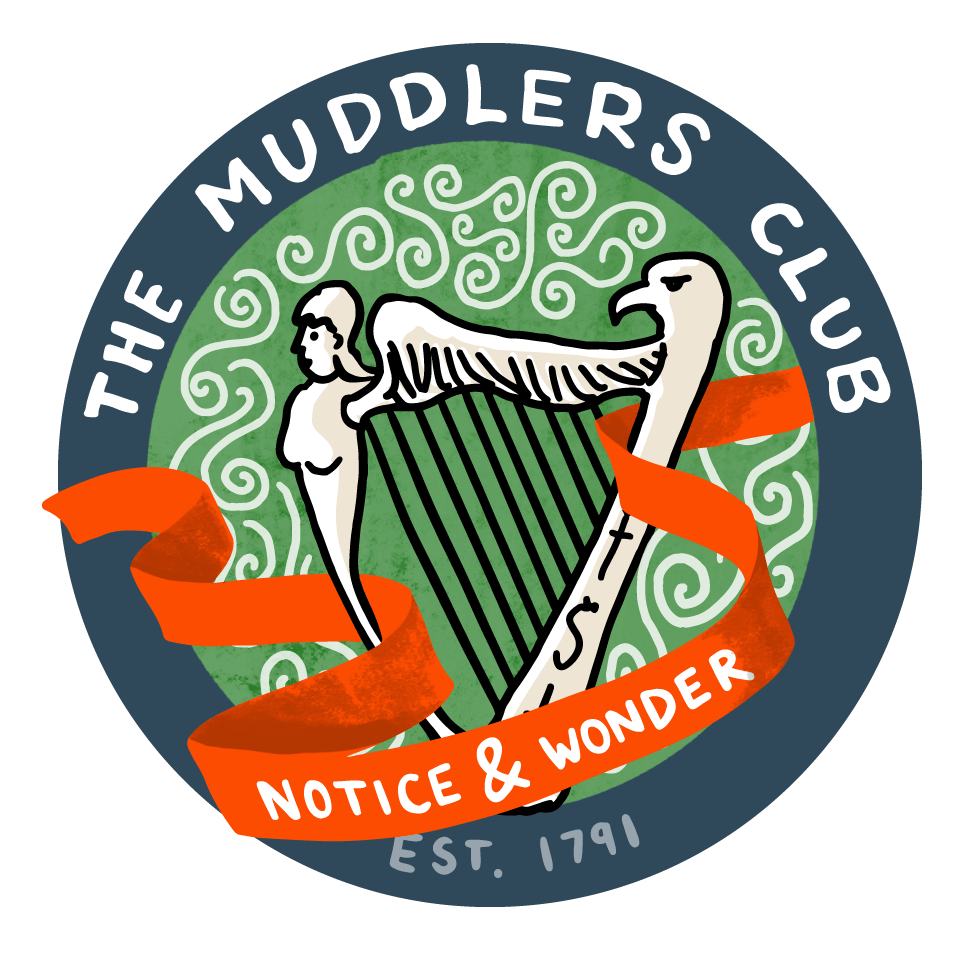
I get most of my T-shirts and stickers printed by Sticker Mule these days. They run an offer every week that often catches my eye. It’s perfect for a small pilot run – to test out an idea – to turn digital into physical. The trouble is that most of my T-shirts are now self-designed experiments, and I can only wear one at once!
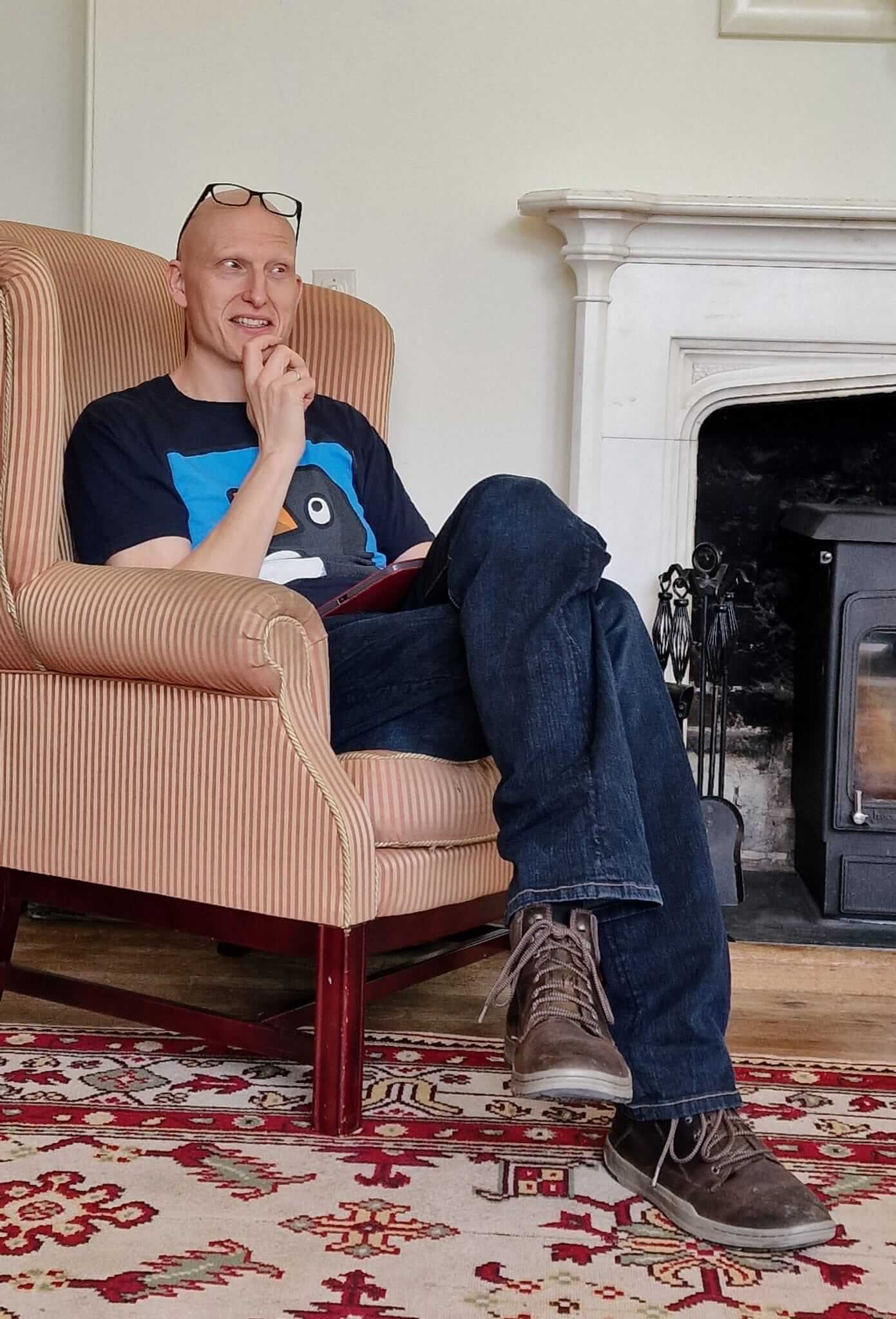
Bryan sporting a self-designed Penguin T-shirt designed for GO-GN
Stickers on the other hand are a whole different matter. I decided to get a run of stickers featuring the Muddlers Club logo for the special first few people who ordered the latest Zine.
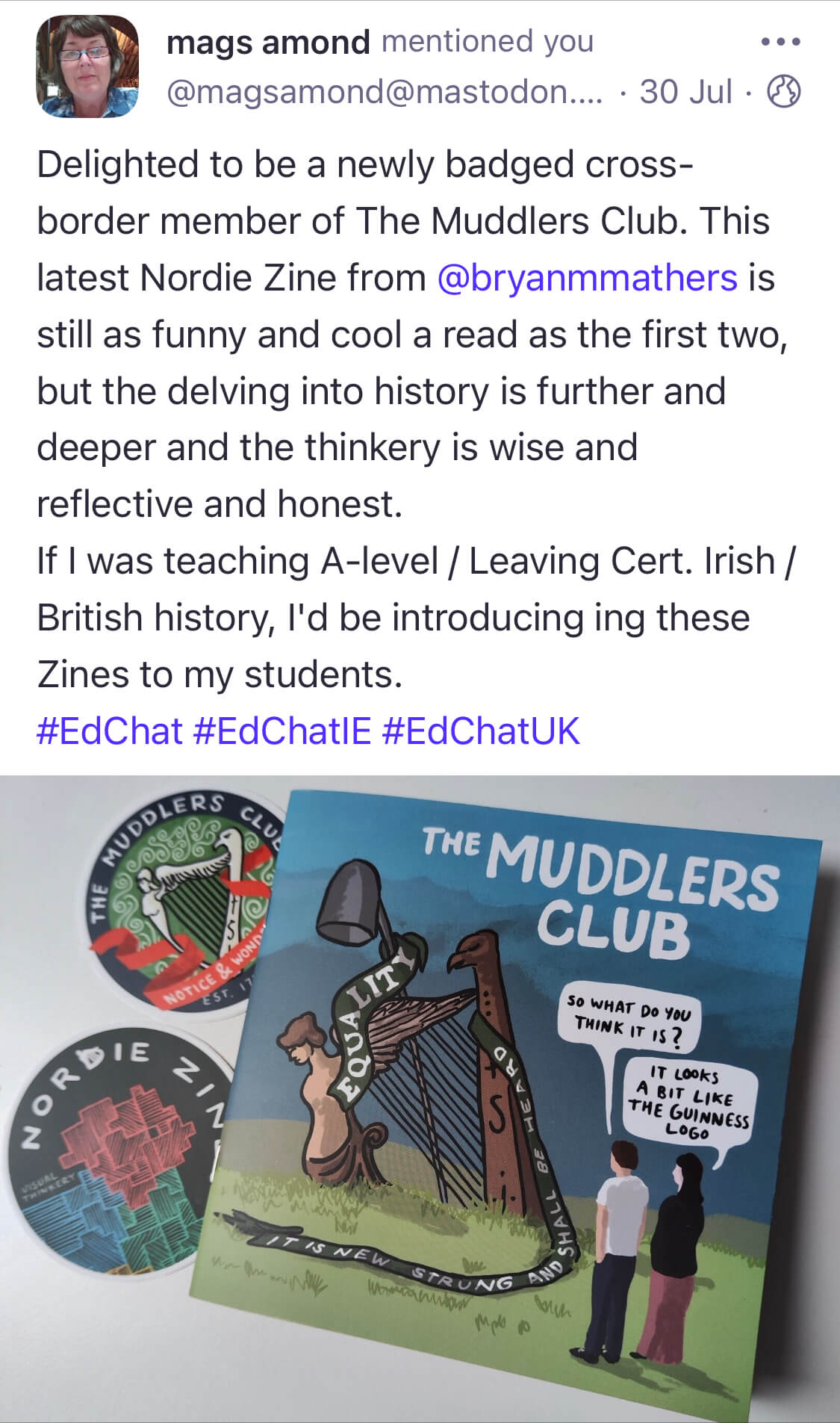
Zines & Custom Stickers
If you’re interested in some Zines about Ulster you can check them out here.
AND if you’d like to get some custom stickers or T-shirts made by Sticker Mule and you want a discount you can get £8/$10 off and if you do, I’ll get the same off my next experiment…
Read next
Here are some other projects you might be interested in.

